Let me structure this properly and make sure each idea is unique and valuable.Creating stunning azalea gardens requires understanding both the aesthetic potential and practical needs of these remarkable flowering shrubs. Azaleas are one of the most popular flowering shrubs, with hundreds of varieties that come in a range of forms and sizes, blooming primarily in spring though some cultivars rebloom later in the growing season. Modern garden design trends for 2025 emphasize sustainability, native plant integration, and creating multifunctional outdoor spaces that blend beauty with environmental responsibility . Whether you're working with a small urban balcony or expansive suburban grounds, azaleas offer incredible versatility in color, form, and function. From contemporary urban designs to traditional woodland settings, azaleas can transform any landscape into a vibrant sanctuary of seasonal beauty . The key lies in understanding how to harness their natural elegance while creating gardens that serve both aesthetic and ecological purposes.
1. Woodland Azalea Sanctuary for Natural Beauty
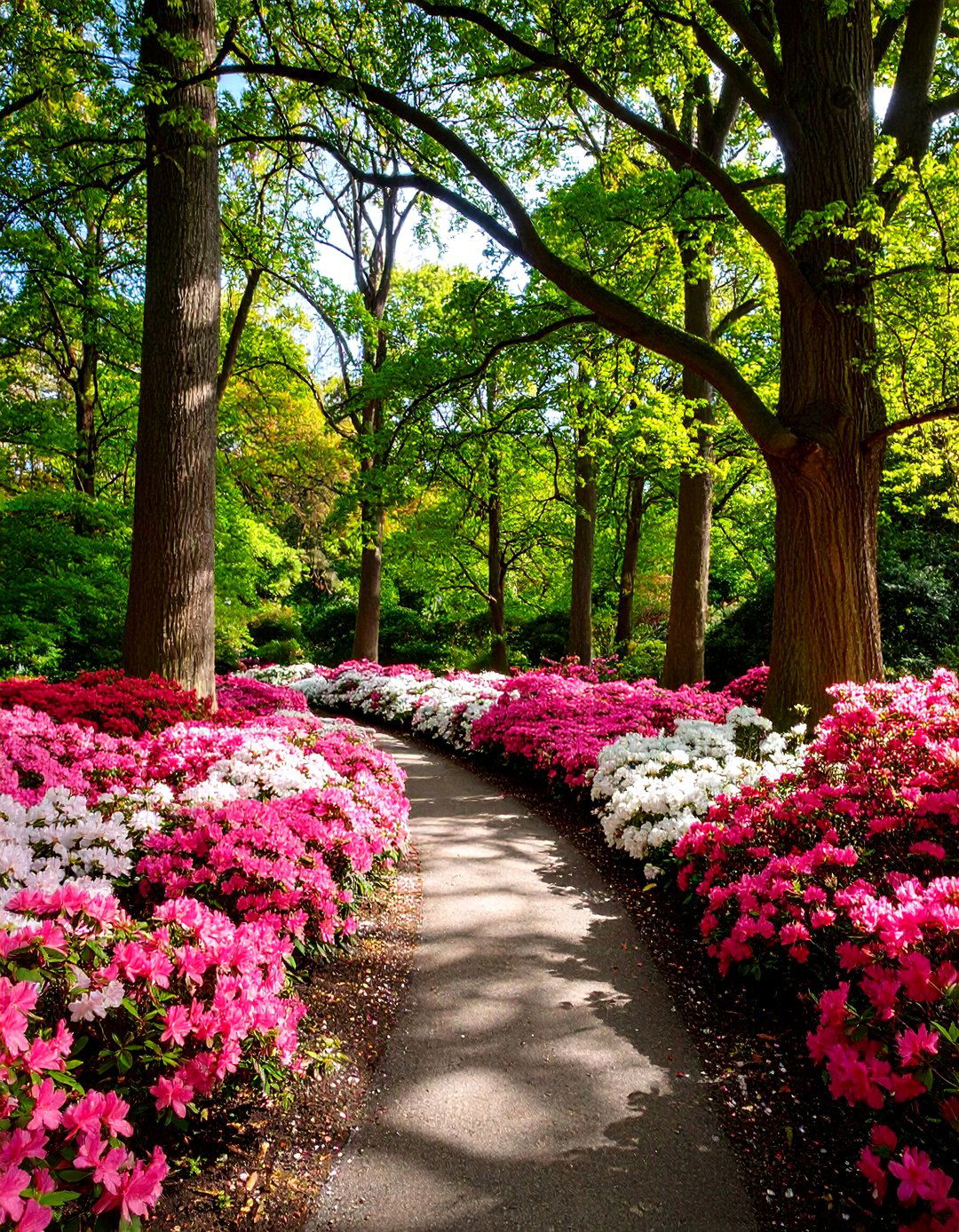
Azaleas are naturally suited to woodland settings, thriving in the dappled shade of tall trees while providing spectacular spring color . Create a serene woodland sanctuary by planting native azalea varieties beneath established trees, allowing their natural grace to shine. Native azaleas make gorgeous woodland and naturalized displays, especially when planted in groups, with blooms ranging from blush pink to vibrant scarlet . Partner these shrubs with woodland perennials like ferns, hostas, and wild ginger to create layered interest. The filtered sunlight creates perfect growing conditions while the organic soil structure supports healthy root development. This approach gives the impression that the landscape flows endlessly, with azaleas serving as focal points that draw the eye through the garden . Add meandering paths to encourage exploration and discovery of different azalea varieties throughout the seasons.
2. Encore Azalea Foundation Display for Year-Round Appeal
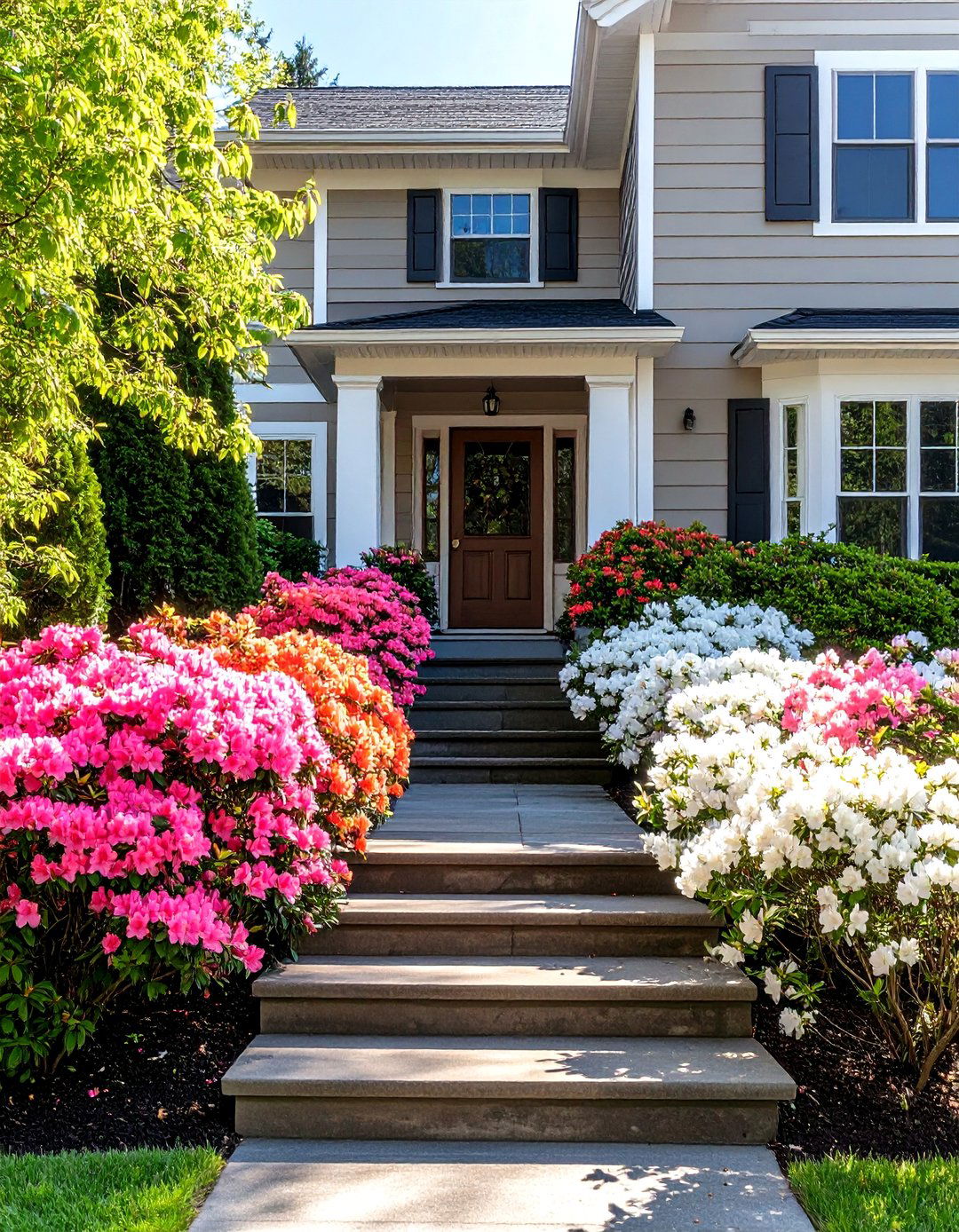
Encore Azaleas bloom in spring, repeat in summer, and follow with a crescendo in fall, making them ideal for foundation plantings . Transform your home's exterior with a carefully planned foundation display using reblooming azalea varieties. Use medium-sized varieties as formal plantings along streets, sidewalks, or to define garden rooms . Choose compact varieties like Autumn Chiffon for smaller spaces and intermediate sizes for larger areas. These evergreen shrubs provide year-round structure while delivering multiple blooming seasons . Layer different heights and colors to create visual depth, placing dwarf varieties in front and taller specimens behind. Select azaleas with flower colors that complement your home's architecture and surrounding landscape . The extended blooming period ensures your foundation maintains color and interest throughout most of the growing season.
3. Container Azalea Patio Oasis for Small Spaces
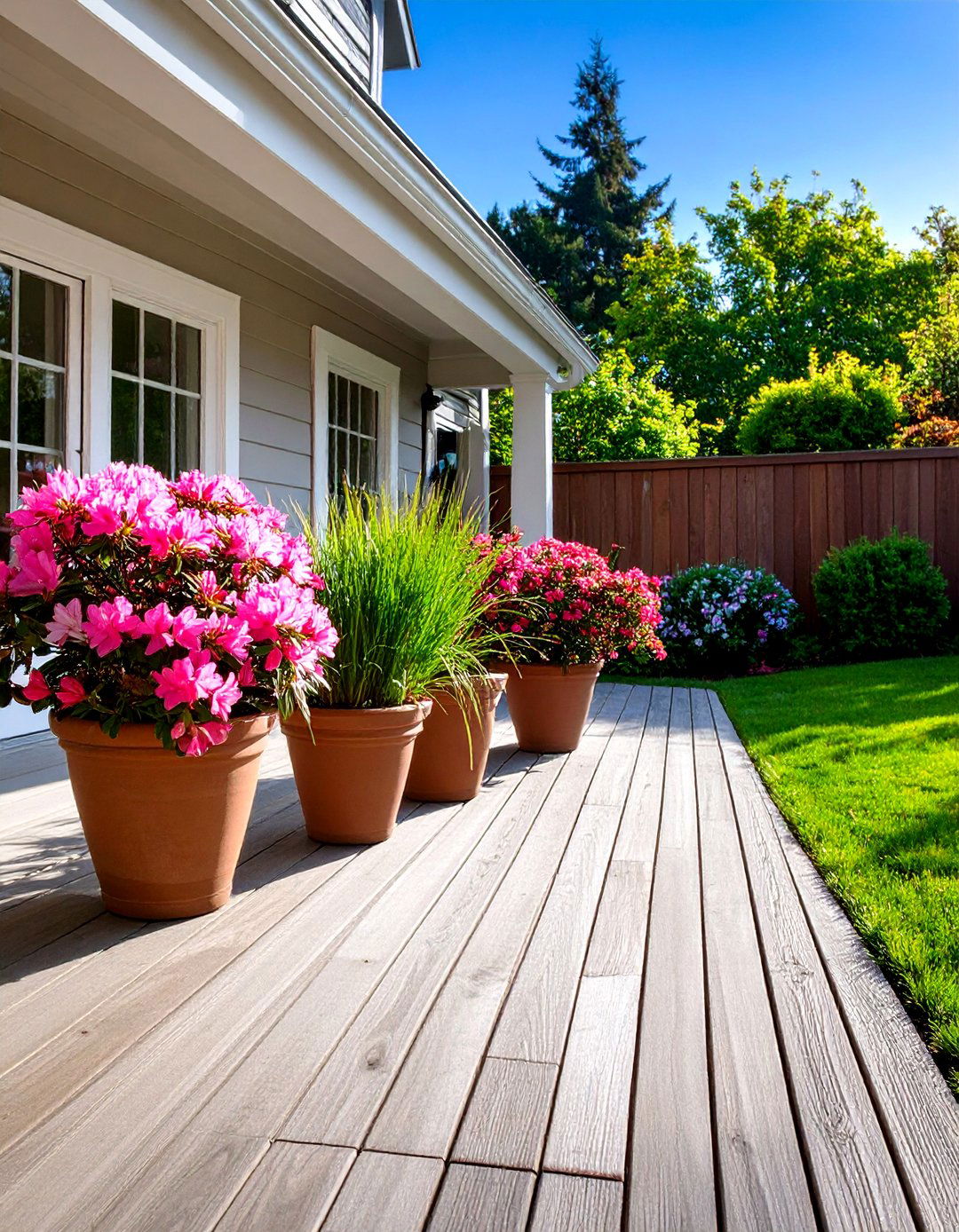
Containers are a great way to delineate space in open patios and decks, and azaleas pair beautifully together in varying heights . Design a stunning patio oasis using azaleas in decorative containers of different sizes and materials. The Container Oasis technique provides incredible flexibility, allowing for seasonal rearrangement and easy maintenance . Choose containers that complement your outdoor aesthetic while providing adequate drainage for healthy root development. Use pots to frame deck entrances or create green walls that provide enclosure while maintaining open views . Pair dwarf azaleas with ornamental grasses and ferns for textural contrast and year-round interest . This approach works perfectly for urban balconies, small patios, or areas where ground planting isn't possible. Smaller specimens can be planted in containers by themselves or in combination with other plants for multi-seasonal interest .
4. Azalea Border Hedge for Privacy and Structure

Medium-sized azalea varieties work excellently as formal clipped hedging to divide garden rooms or create privacy screens . Establish a living border using evergreen azalea varieties that provide both seasonal blooms and year-round structure. Taller varieties can form informal hedges that screen views while blooming beautifully in spring . Select varieties with similar growth habits and mature sizes to maintain consistency along the hedge line. Most azaleas are evergreen, providing year-round interest and making them excellent for screening purposes . Plant specimens 3-4 feet apart for eventual fill-in, considering their mature spread. Avoid excessive pruning by choosing appropriate varieties for your available space . This approach creates defined garden areas while maintaining the natural beauty of azalea blooms. The hedge structure provides backdrop for other plantings while ensuring privacy and wind protection.
5. Seasonal Azalea Color Progression for Extended Interest
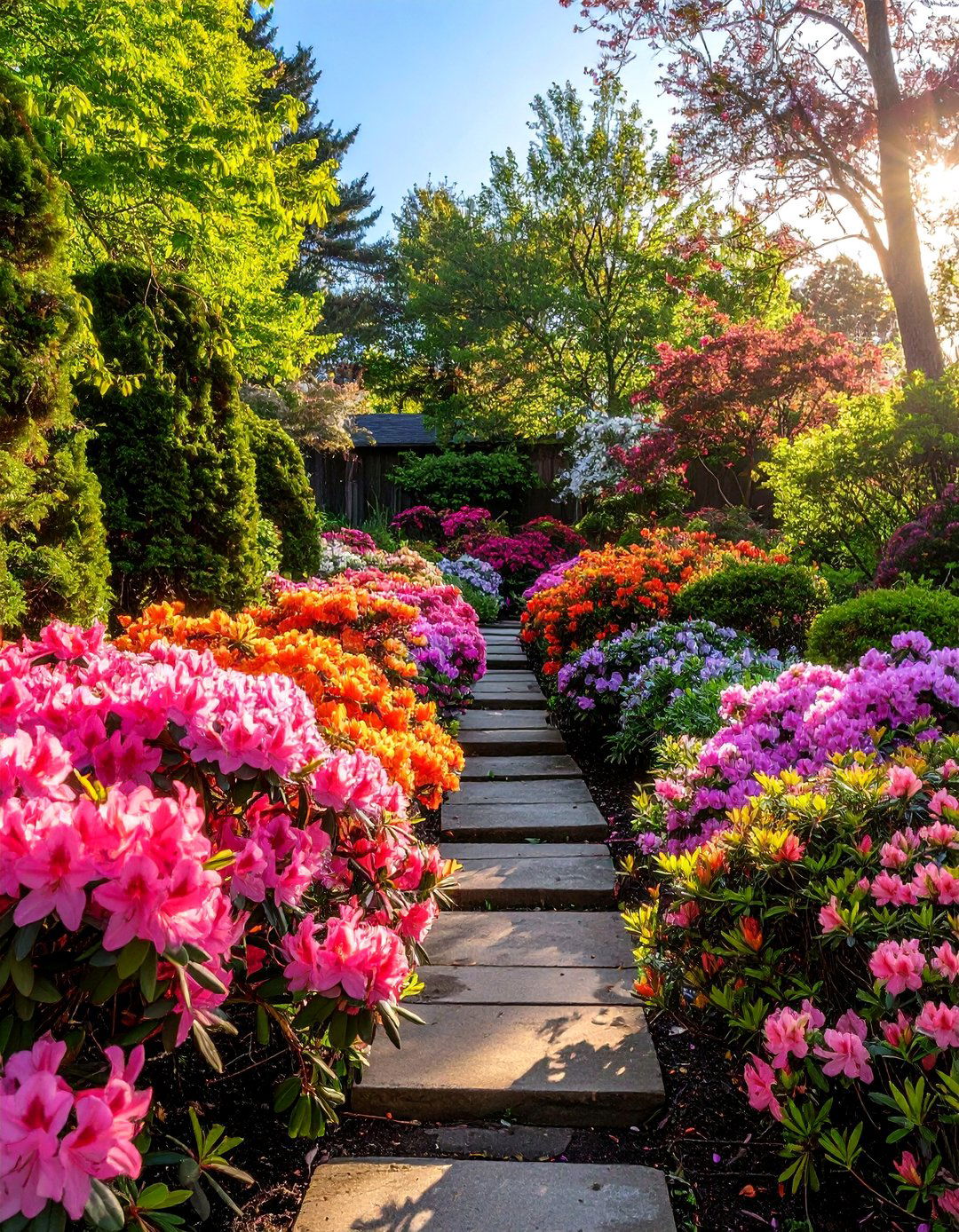
Azaleas can be effectively planted to flower sequentially, with one variety fading as its neighbor opens, providing extended color periods . Plan a sophisticated color progression by selecting early, mid-season, and late-blooming azalea varieties. Early varieties like Fragrant Star bloom in December, while others like Lee's Dark Purple bloom in early summer . This sequential approach creates a nuanced tapestry of color that brightens the landscape for extended periods . Position varieties strategically so blooming waves move through your garden naturally. Consider bloom timing when grouping azaleas to create either synchronized displays or flowing seasonal transitions . Include companion plants that bloom at different times to maintain interest between azalea seasons. This technique transforms a simple azalea planting into a dynamic, ever-changing landscape feature that provides months of continuous beauty.
6. Mixed Azalea and Companion Planting Partnership
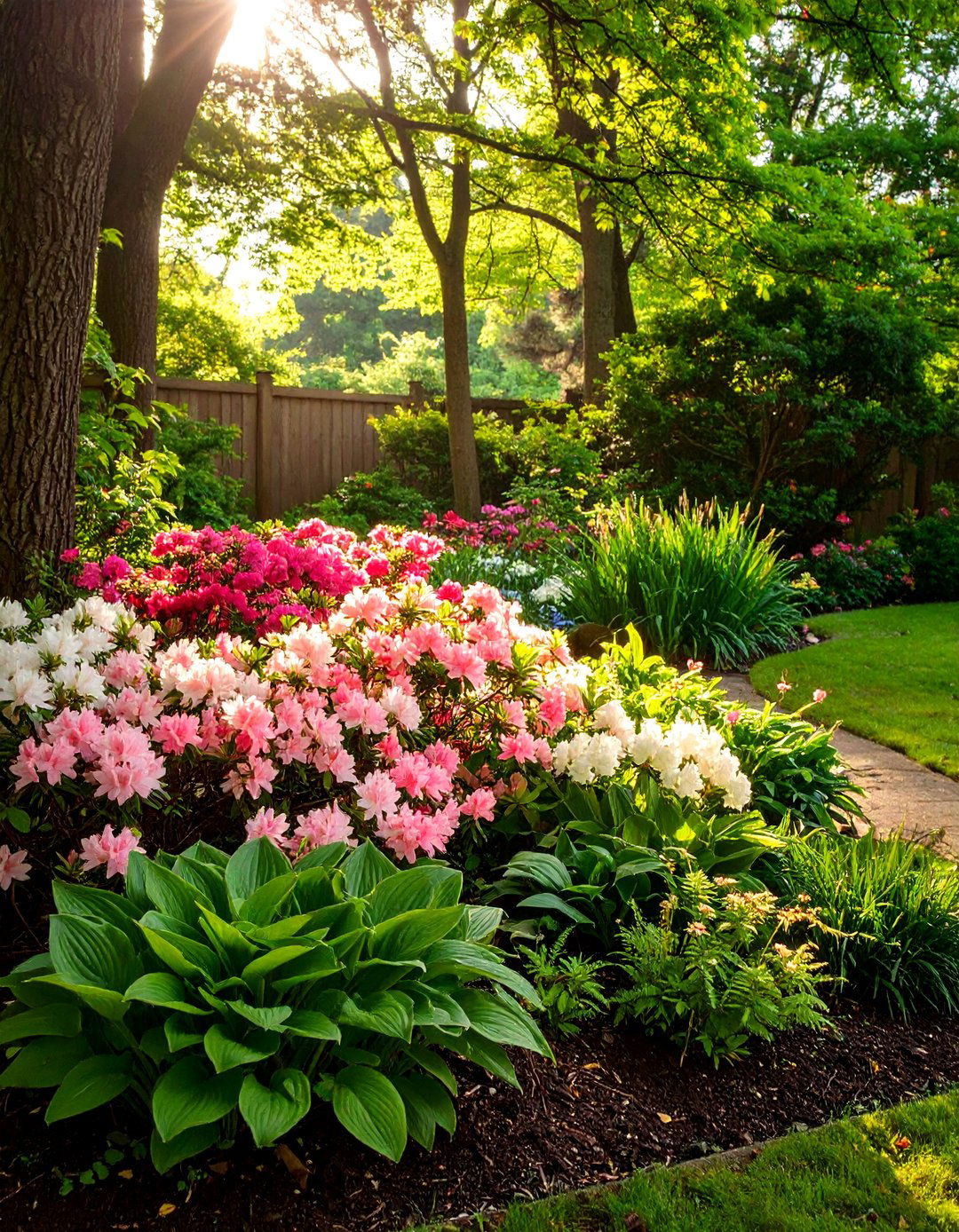
Great companion plants for azaleas include shade-loving hostas, ferns, and plants that thrive in acidic conditions . Create rich, layered gardens by combining azaleas with carefully chosen companion plants that share similar growing requirements. Partner azaleas with woodland perennials such as ferns, wild ginger, Solomon's seal, and hostas for textural diversity . Underplant with spring-blooming bulbs like crocus, daffodils, and muscari for early season color displays . Choose plants that don't compete for moisture, as azaleas have shallow root systems . Ornamental grasses like Maiden Grass and Pink Muhly provide excellent textural contrast to azalea foliage . Layer heights thoughtfully, placing low-growing perennials in front and taller shrubs behind azaleas. This partnership approach creates gardens with year-round interest, combining the spectacular spring show of azaleas with complementary plants that extend seasonal appeal.
7. Azalea Rock Garden Integration for Drainage Solutions
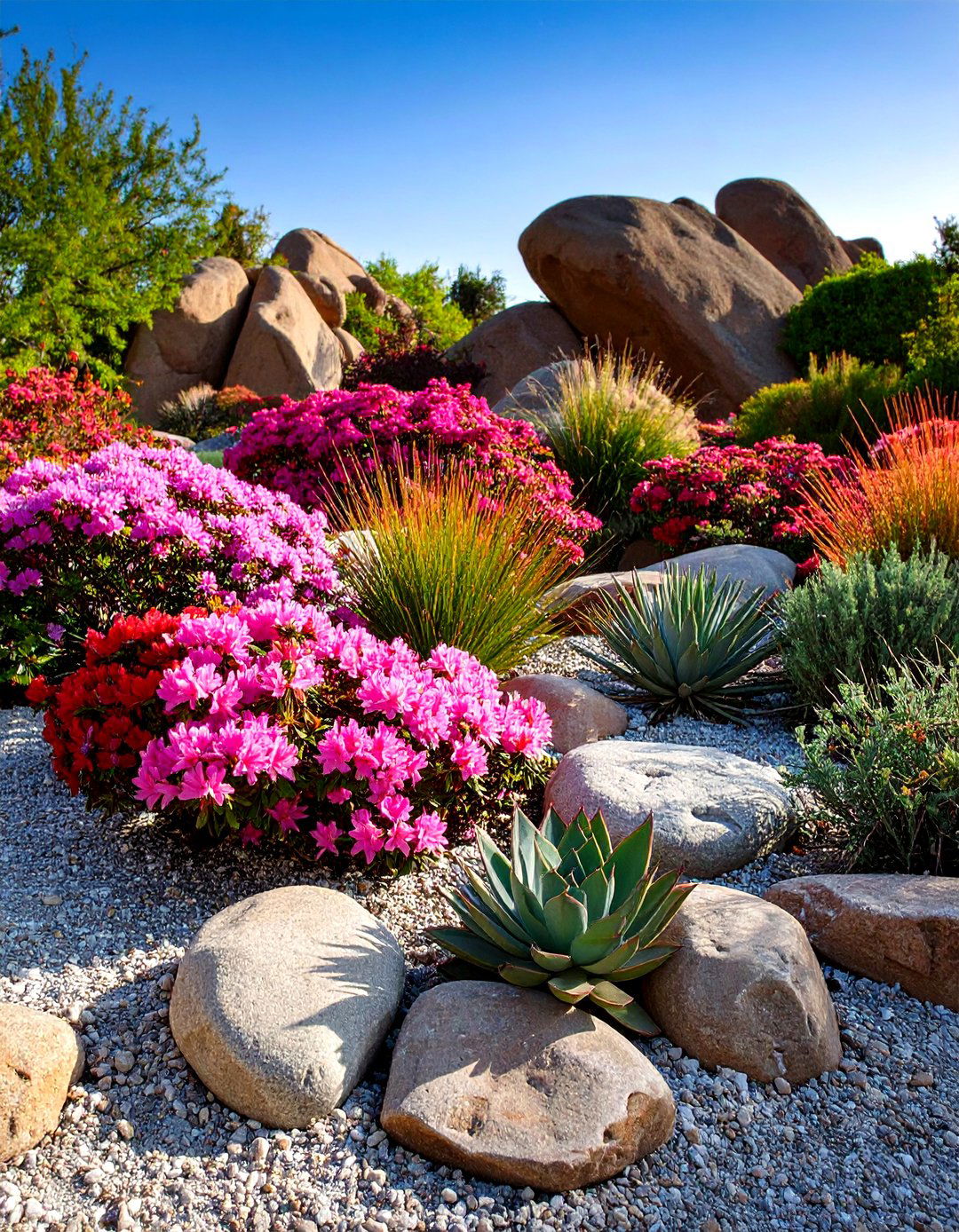
Rock gardens are making a comeback as a way to add texture and visual interest while providing excellent drainage. Design a stunning rock garden that incorporates azaleas with natural stone elements and drought-tolerant companions. Azaleas prefer well-draining soil, and rock gardens provide the perfect foundation for healthy root development . Contemporary design combines the robust texture of rocks with the delicate allure of azaleas for balanced visual appeal . Position azaleas in pockets of amended soil between rock formations, ensuring proper drainage while maintaining soil moisture. Choose compact azalea varieties that complement the scale of your rock garden design . Use natural stone colors that harmonize with azalea bloom colors for cohesive design. This approach works especially well on slopes or areas with drainage challenges, creating striking focal points while solving practical landscaping problems.
8. Azalea Cutting Garden for Fresh Arrangements
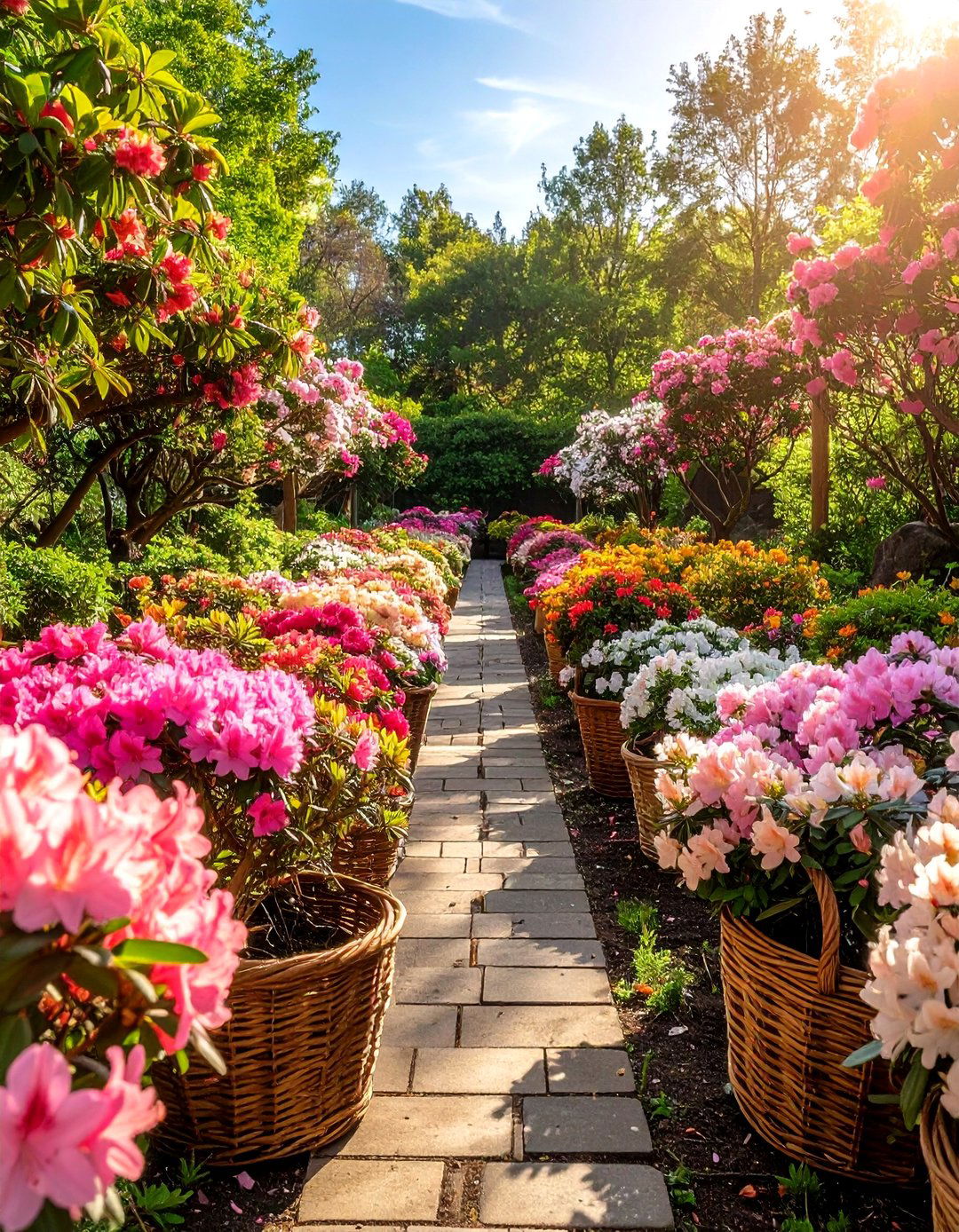
Cutting gardens are trending for 2025, focusing on plants that provide both ornamental and practical value. Establish a dedicated cutting garden featuring azalea varieties specifically chosen for their excellent cut flower qualities. Native azaleas provide fragrant, honeysuckle-like blooms that are perfect for indoor arrangements . Plant in organized rows or blocks for easy access during harvest, choosing varieties with different bloom times for extended cutting season. Select azaleas with superior flower color and form, as many cultivars have been specifically bred for ornamental qualities . Include both early and late-blooming varieties to extend your cutting season from spring through summer . Position the cutting garden in a partially shaded area with good air circulation. Add pathways between plantings for easy maintenance and harvesting. This specialized garden approach provides beautiful fresh flowers for your home while creating a structured, productive landscape feature.
9. Terraced Azalea Hillside for Slope Management
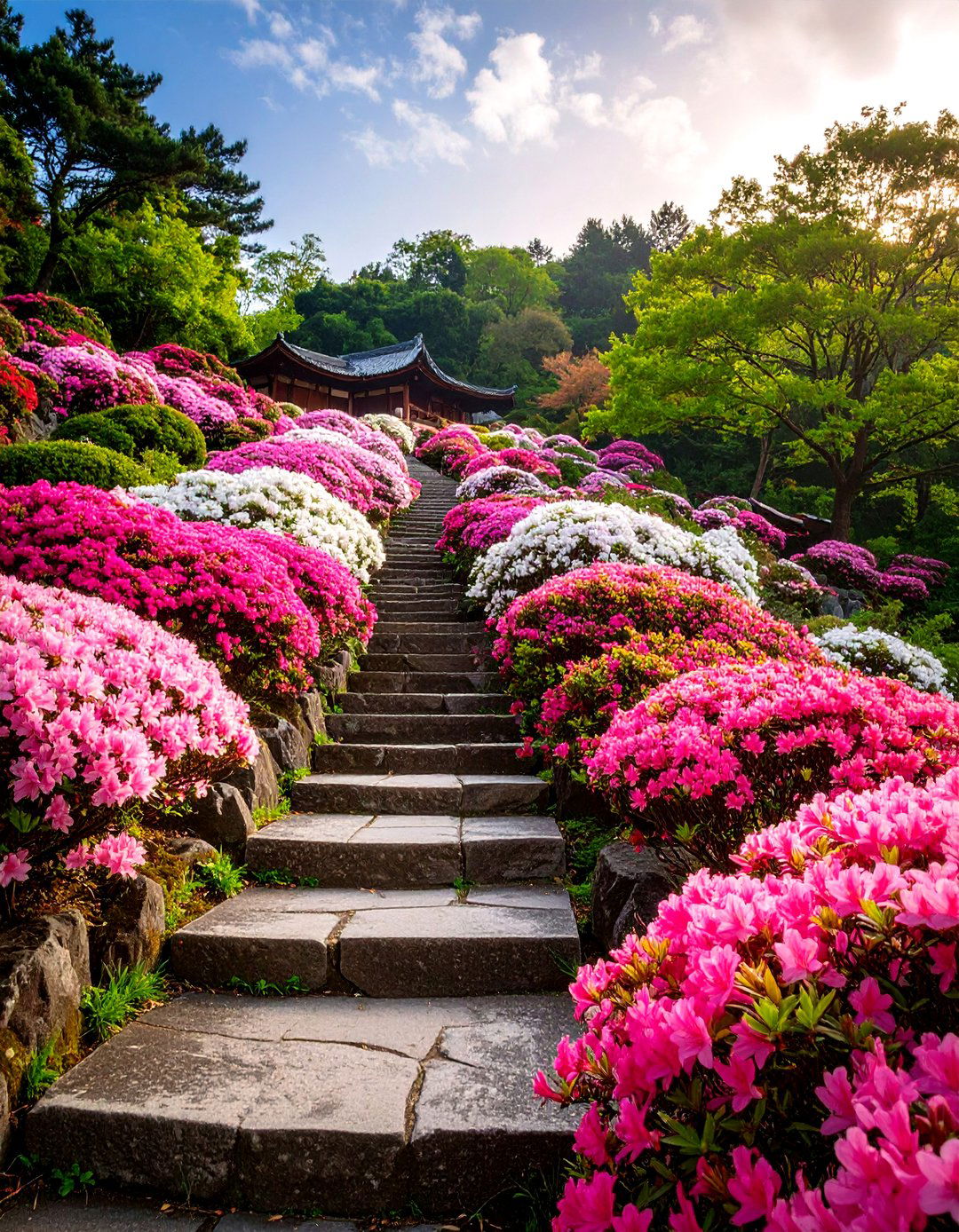
Embracing natural contours of sloping landscapes, terraced azalea gardens create multi-level visual displays . Transform challenging hillside terrain into a spectacular terraced azalea garden that controls erosion while providing stunning displays. Mass azaleas along slopes or hillsides for effective erosion control . Create multiple planting levels using retaining walls or natural stone terraces. When planted en masse, azaleas create harmonious color displays without appearing congested due to their graceful structure . Choose varieties with different mature heights for each terrace level, placing taller specimens on upper levels and shorter ones below. This staggered approach creates flowing color that moves through the landscape naturally . Install proper drainage systems within each terrace to prevent water accumulation. The terraced design showcases azalea blooms at multiple viewing angles while providing practical slope stabilization and creating dramatic landscape architecture.
10. Fragrant Azalea Sensory Garden for Aromatherapy

Many native azaleas provide wonderful fragrance along with their spectacular blooms . Create an immersive sensory garden featuring fragrant azalea varieties that engage multiple senses throughout the growing season. Native azaleas offer delightful fragrance that enhances the garden experience beyond visual appeal . Position fragrant varieties near seating areas, pathways, or windows where their scent can be fully appreciated. Fragrant Star Azalea provides early season blooms with exceptional fragrance . Combine different fragrant varieties to create layered scent experiences throughout the blooming season. Add complementary plants with interesting textures and forms to create rich sensory experiences . Include comfortable seating positioned to take advantage of prevailing breezes that carry fragrance. This specialized garden approach transforms outdoor spaces into therapeutic environments that promote relaxation and connection with nature through the powerful combination of fragrance, color, and natural beauty.
11. Azalea Specimen Showcase for Architectural Impact
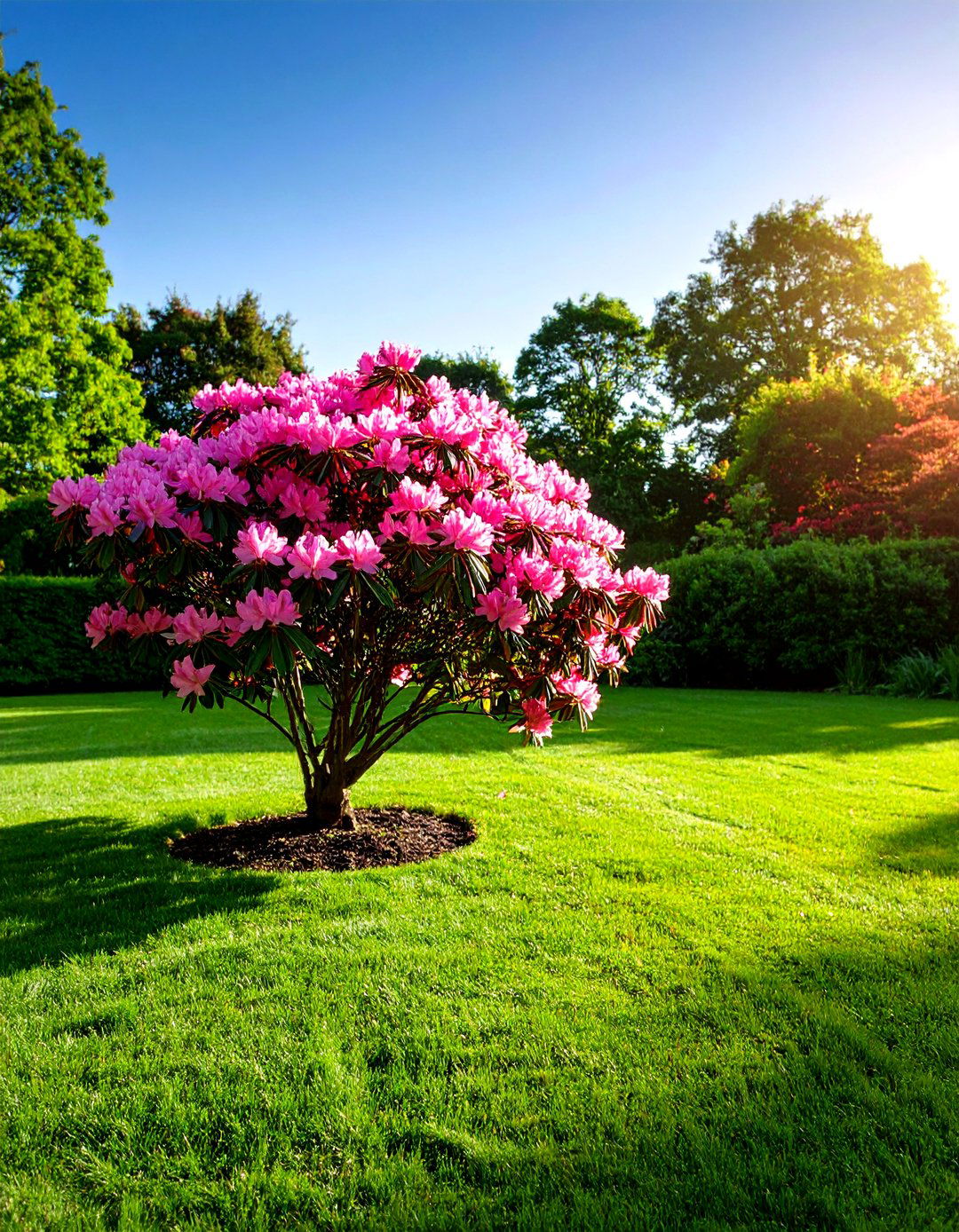
The royal azalea makes an ideal specimen plant with its luminescent flowers and exquisite foliage arranged like pinwheels . Create dramatic focal points using exceptional azalea specimens that serve as living architectural elements in your landscape. Single azalea shrubs can punctuate and anchor smaller garden beds while making beautiful impacts . Choose varieties with distinctive characteristics like unique flower forms, exceptional size, or striking foliage patterns. Larger azaleas can be used to frame doorways, walkways, or landscape features you want to highlight . Position specimens where they can be viewed from multiple angles, considering their mature size and form. Some specimens can reach up to 12 feet tall and 5 feet wide, rivaling any large shrub in the garden . Create supporting landscapes that complement without competing with your specimen's natural beauty. This approach transforms individual azaleas into stunning landscape anchors that provide year-round structural interest and seasonal spectacular displays.
12. Contemporary Urban Azalea Design for City Gardens
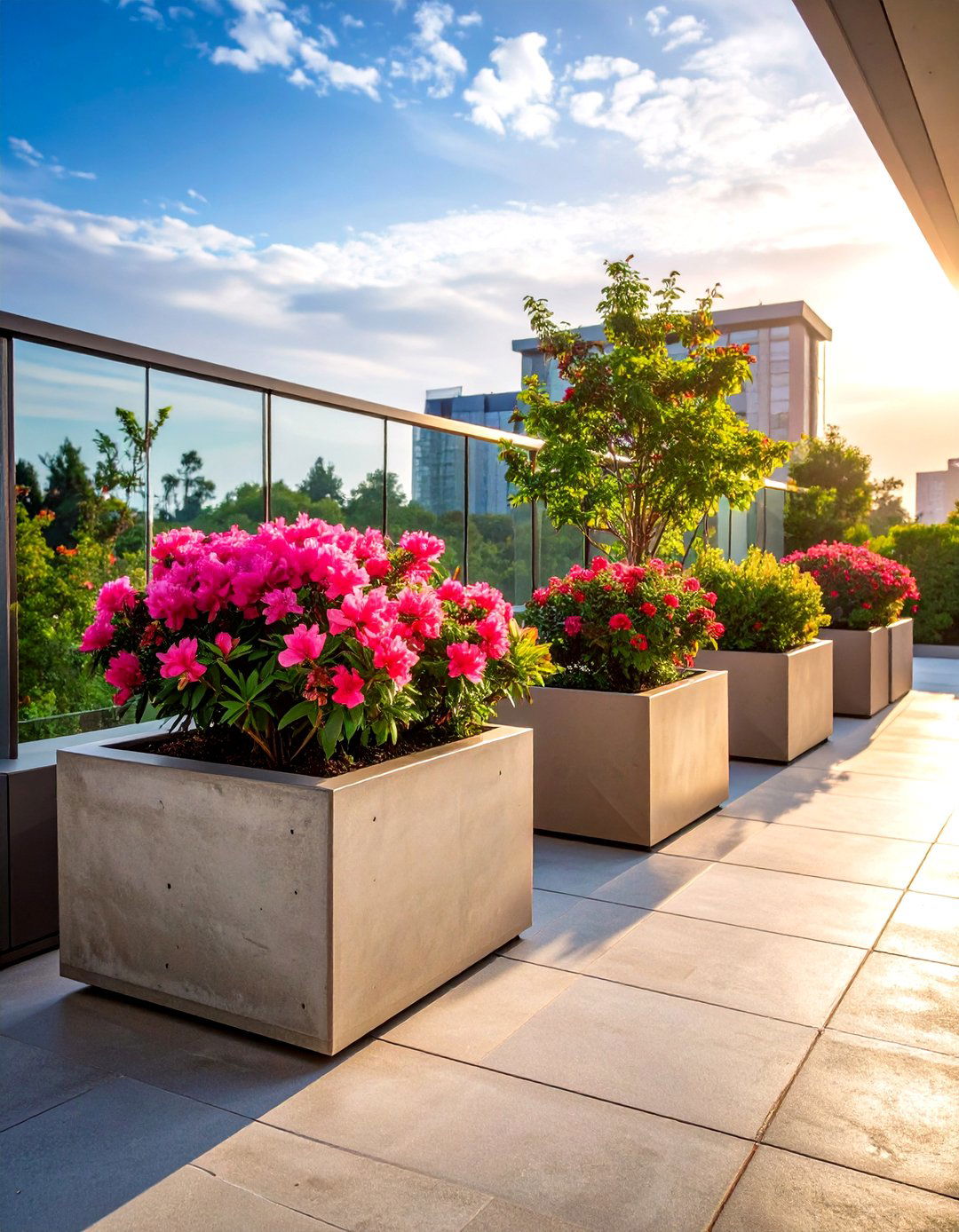
Contemporary urban azalea gardens offer peaceful retreats that redefine city landscaping through container gardening and compact arrangements . Design a sophisticated urban garden that maximizes limited space while delivering maximum visual impact. This design emphasizes low-maintenance care, making it ideal for busy urban lifestyles . Use sleek, modern containers and geometric arrangements to create contemporary appeal. Vary container heights to add dimension and create visual interest in small spaces . Many Encore varieties tolerate full sun, making them flexible options for urban environments . Choose compact varieties that provide maximum bloom impact in minimal space. The juxtaposition of modern materials with organic plant forms transforms concrete environments into vibrant oases . Include drought-tolerant companion plants that complement azaleas while reducing maintenance requirements. This approach proves that even the smallest urban spaces can become stunning garden retreats.
13. Azalea Succession Planting for Continuous Blooms

Using varieties that bloom at different times creates sequences of color that ribbon through the seasons . Master the art of succession planting by strategically selecting azalea varieties that bloom sequentially throughout the growing season. Azaleas can be categorized by three bloom times: early, mid, or late season . Early varieties begin in December, while others continue blooming into early summer . Plan your garden layout so blooming waves move naturally through the space, maintaining continuous color. Encore varieties provide spring blooms, summer repeats, and fall crescendos for extended interest . This technique ensures that as one azalea fades, its neighbor opens, providing color for extended periods . Map bloom times carefully to avoid gaps in color display. Include early spring bulbs and late summer perennials to bridge any remaining gaps. This sophisticated approach transforms ordinary azalea plantings into dynamic displays that provide months of continuous beauty.
14. Azalea Microclimate Garden for Optimal Growing
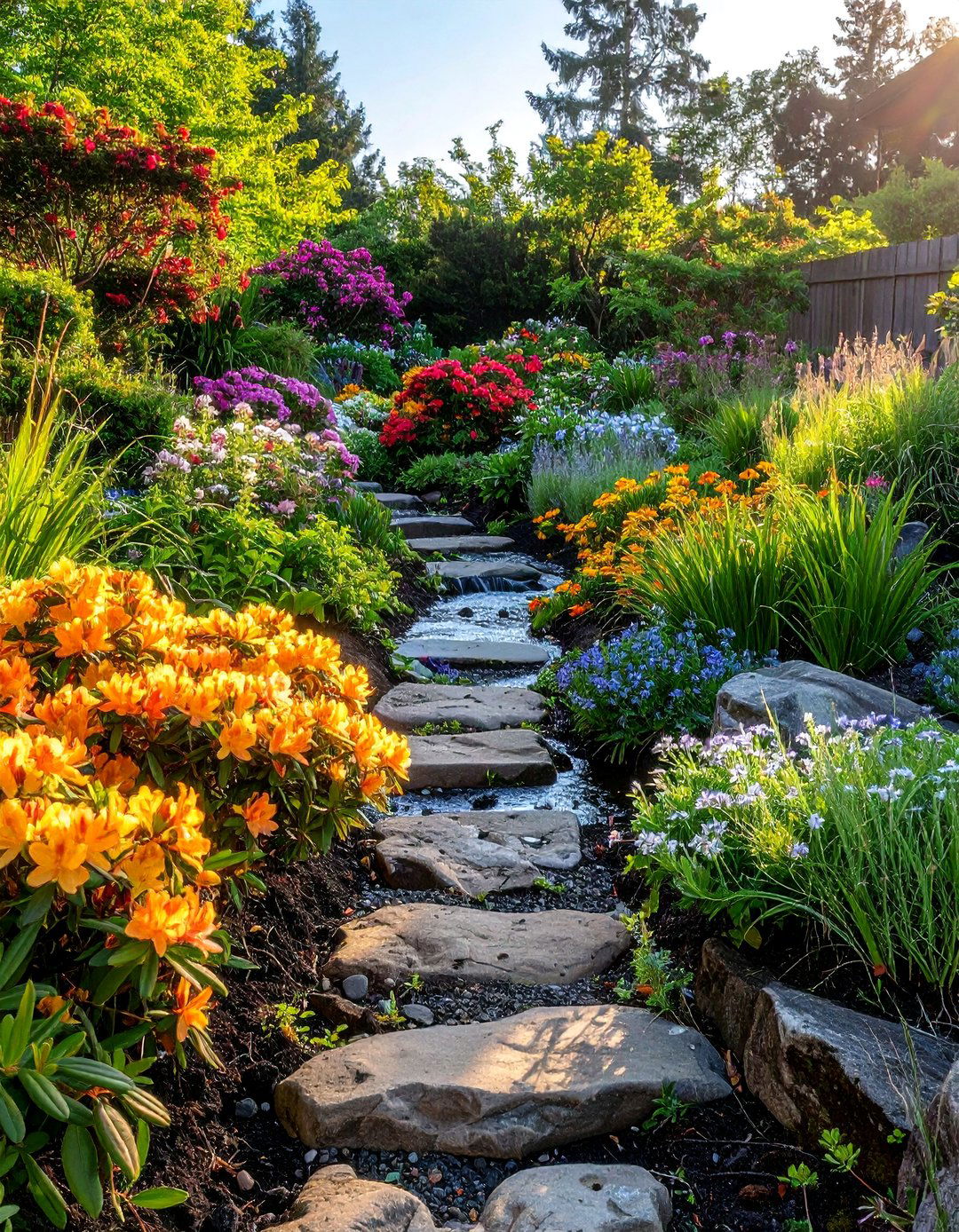
Azaleas prefer partial shade or dappled sunlight, with morning sun being the best exposure . Create specialized microclimates that provide optimal growing conditions for different azalea varieties throughout your landscape. Plants can tolerate more sun in northern climates, while too much shade results in fewer blooms . Morning sun and afternoon shade provide the best conditions for most azalea varieties . Use existing structures, trees, or purpose-built elements to create protected growing areas. Azaleas perform best in partial shade or sunlight filtered by trees . Protect from hot afternoon sun while ensuring adequate light for healthy blooming . Install windbreaks or shade structures where needed to modify exposure. Consider soil amendments specific to each microclimate area. This targeted approach allows you to grow a wider variety of azaleas successfully while maximizing their performance in your specific growing conditions.
15. Azalea Rain Garden for Sustainable Water Management
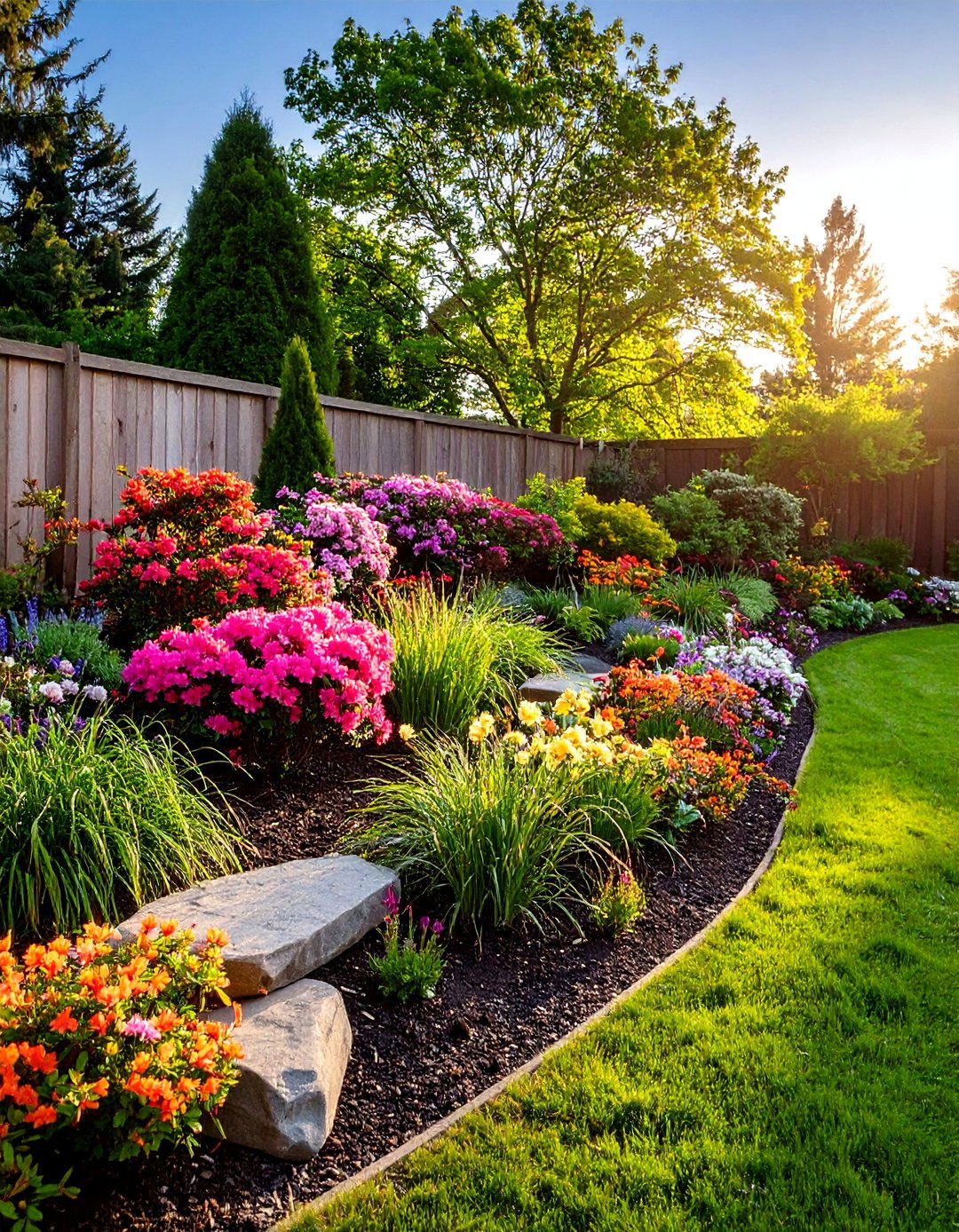
Rain gardens capture and filter stormwater while adding beauty and supporting local ecosystems. Design a functional rain garden that incorporates azaleas with water-wise landscaping for sustainable garden management. Being waterwise now includes managing excess rainwater as well as conserving it. Some azalea varieties tolerate varying soil moisture conditions, including areas that would be considered excessively moist . Select azalea varieties that can handle periodic wet conditions while providing excellent drainage during dry periods. Rainwater is better for plants, particularly for ericaceous azaleas that prefer acidic conditions. Create berms and swales to direct water flow naturally through the garden. These features support local ecosystems while providing beauty and tranquility. Include native plants that complement azaleas while supporting local wildlife. This approach combines beautiful azalea displays with practical water management solutions that benefit both your garden and the environment.
16. Azalea Cottage Garden for Romantic Landscapes
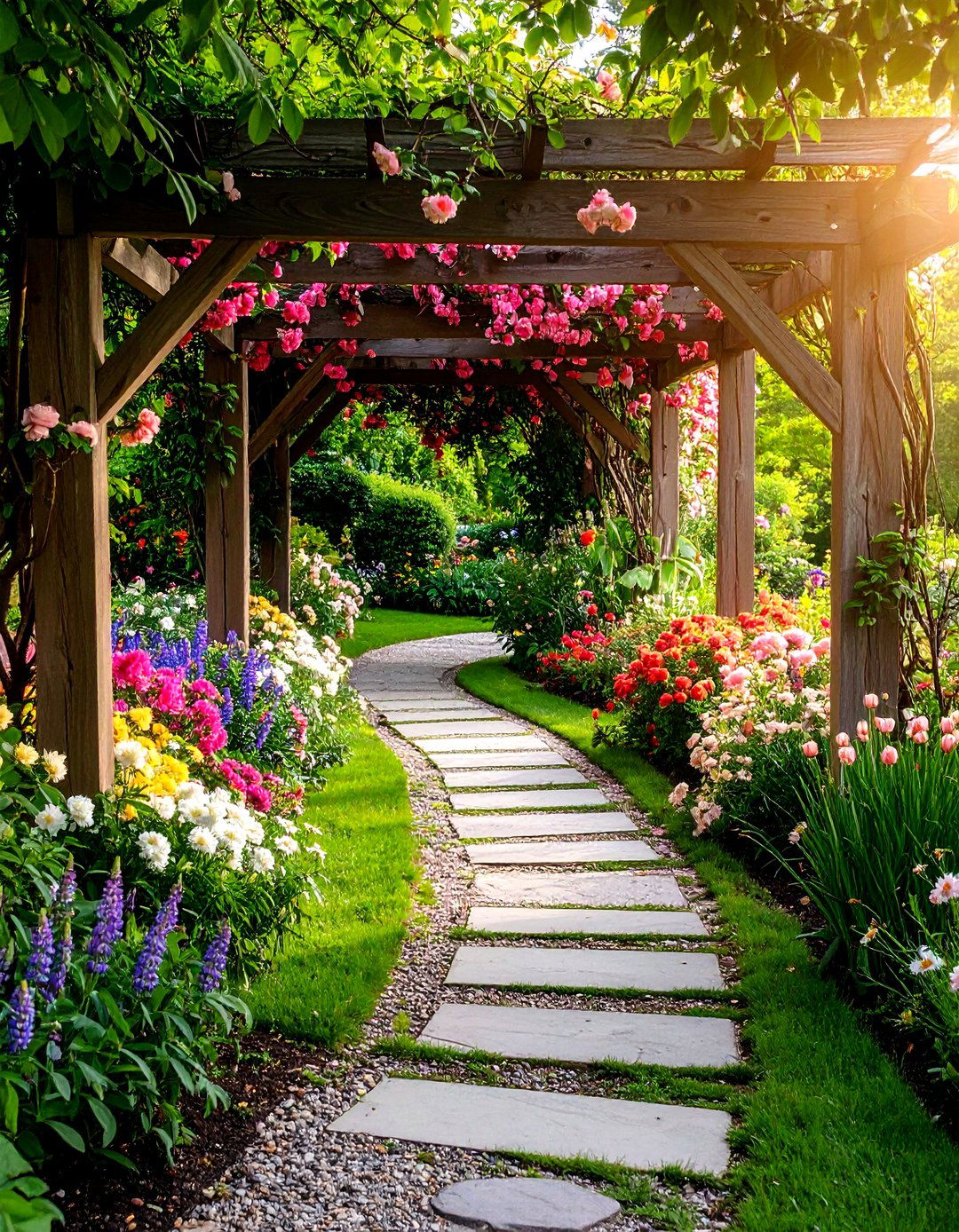
Cottage gardens reflect growing interest in wildness, imperfection, and authenticity in outdoor design . Create a romantic cottage garden that incorporates azaleas with traditional flowering plants for timeless appeal. There's a growing trend toward incorporating nostalgic elements that evoke memories of gardens past. The aesthetic is romantic and nostalgic while embracing the charm of cottage-style planting . Combine azaleas with roses, peonies, and other classic cottage garden favorites. This style rejects rigid planting rules, weaving plants of varying heights together for movement and surprise . Allow some natural self-seeding and informal growth patterns while maintaining overall structure. Blend bright azalea colors with paler shades and white flowers to avoid overwhelming the space . Include meandering paths, arbors, and rustic garden features. This approach creates gardens that feel both timeless and deeply personal, combining azalea beauty with cottage garden charm.
17. Azalea Moonlight Garden for Evening Enjoyment
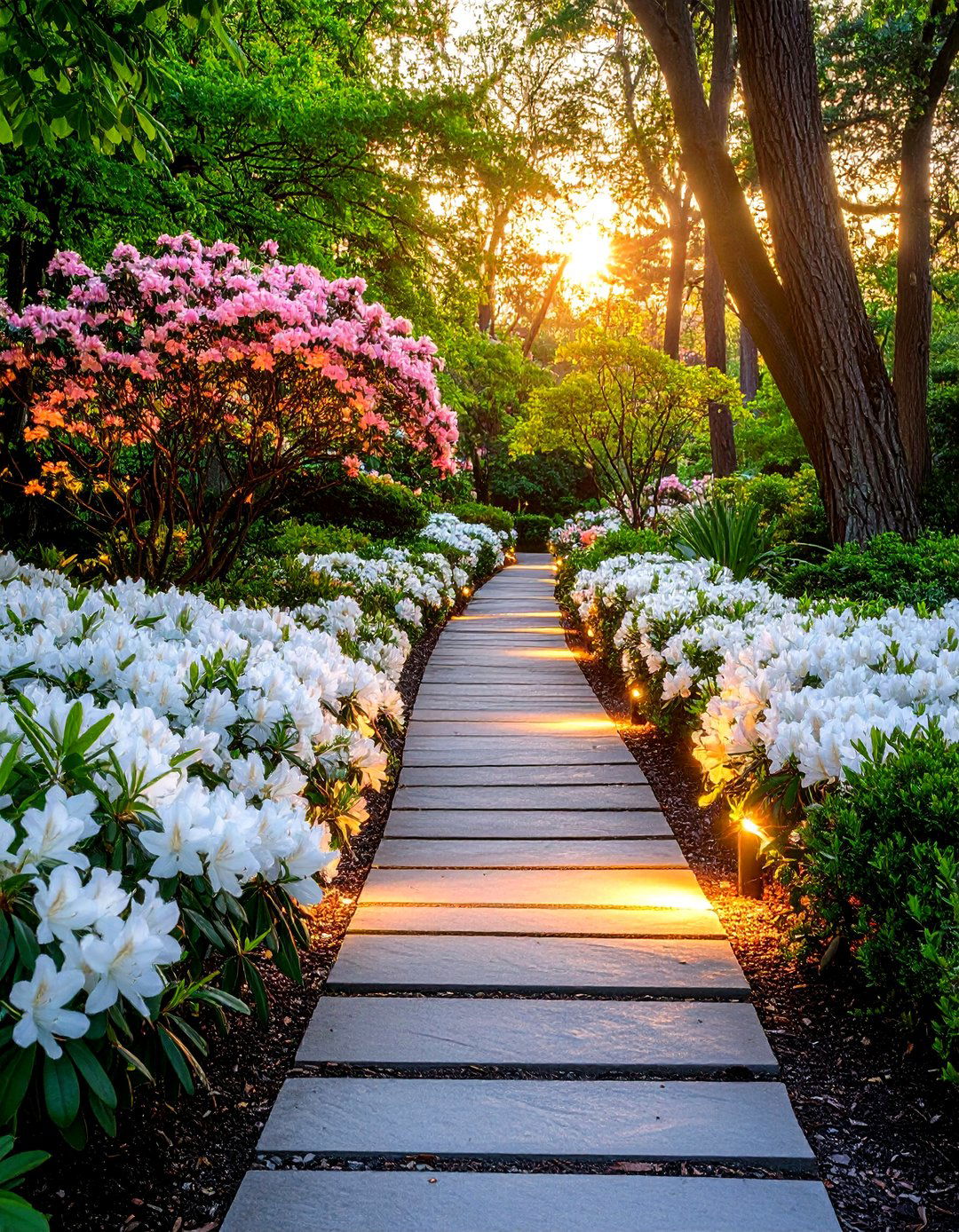
Transform your evening landscape with a moonlight garden featuring white and pale azalea varieties that glow beautifully in low light conditions. White azalea varieties provide moments where colors blend and intensity subsides, giving the eye a chance to rest . Select white and pale pink azalea varieties that reflect moonlight and artificial lighting effectively. Flower colors range from white to many shades of pink, with some varieties offering exceptional pale coloration . Position these azaleas near outdoor seating areas, patios, or along pathways where evening activities occur. Many azaleas provide wonderful fragrance that enhances evening garden experiences . Include night-blooming companions and plants with silver or white variegated foliage. Add subtle lighting that enhances rather than overwhelms the natural beauty. Create spaces that promote relaxation and mindfulness through garden design. This specialized approach extends garden enjoyment into evening hours while creating magical nighttime landscapes.
18. Azalea Erosion Control Bank for Functional Beauty
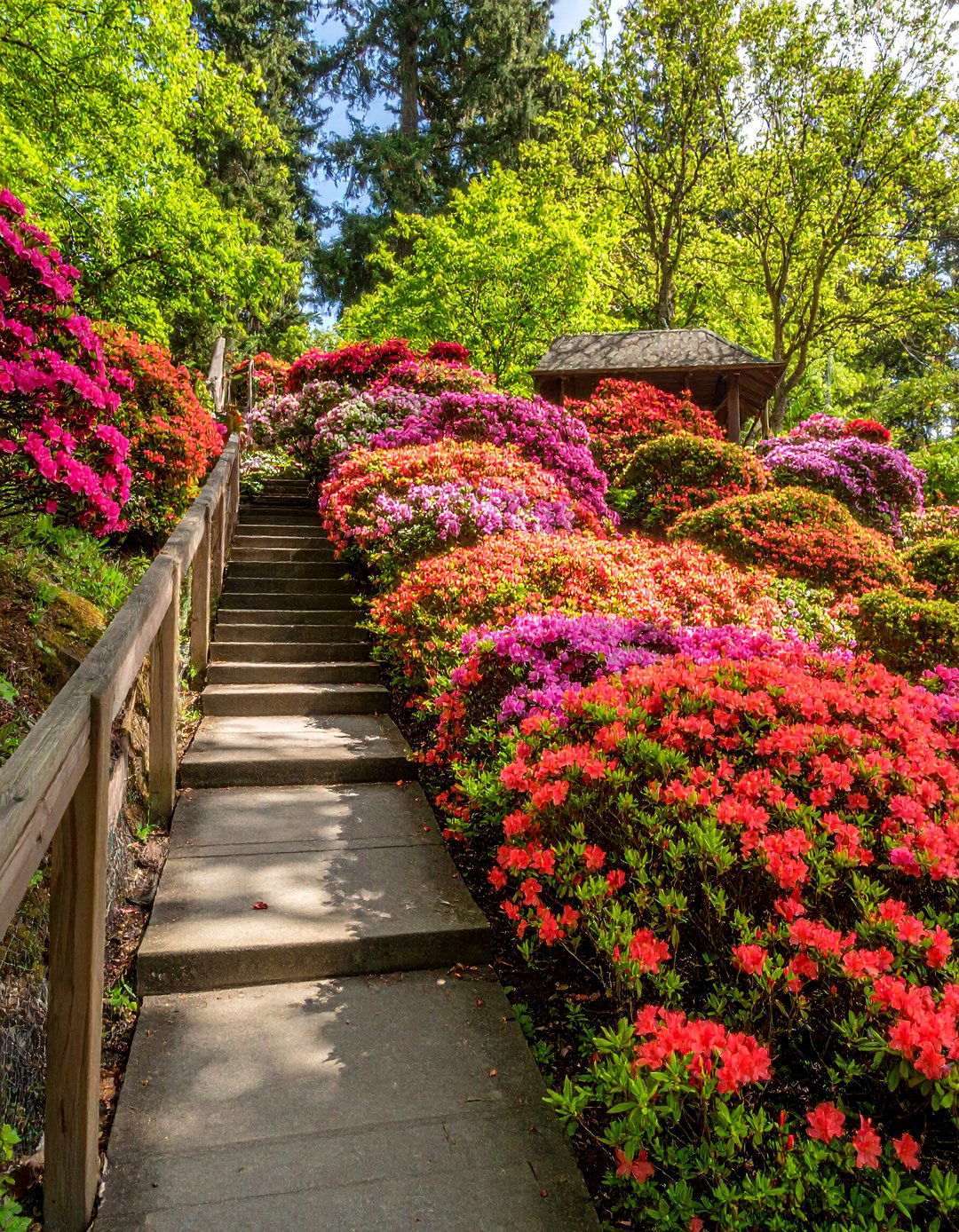
Mass azaleas along slopes or hillsides for effective erosion control while providing beautiful displays . Address challenging slopes with a comprehensive erosion control strategy that incorporates azaleas for both function and beauty. Azaleas are easy to grow and drought tolerant once established, making them excellent for slope stabilization . Choose varieties with strong root systems and spreading habits that naturally prevent soil erosion. Native azaleas are particularly well-suited for naturalized displays on challenging terrain . Plant in staggered patterns to maximize soil coverage and root penetration. This mass planting approach creates harmonious color displays without appearing congested . Include other erosion-control plants that complement azaleas while providing different blooming seasons. Install temporary stabilization measures during plant establishment. This practical approach transforms problematic slopes into beautiful, functional landscape features that provide long-term erosion control while delivering spectacular seasonal displays.
19. Azalea Bonsai Collection for Artistic Expression
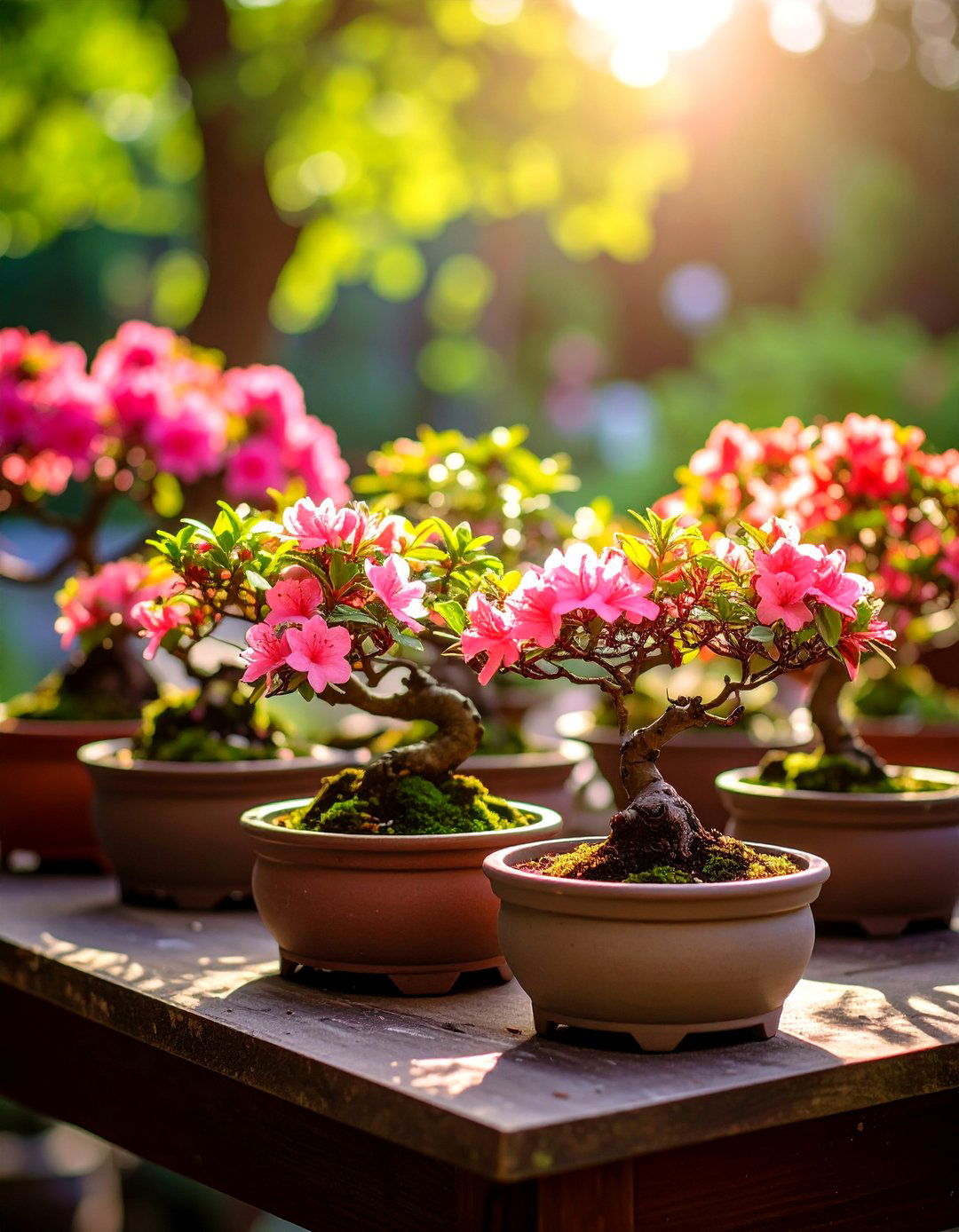
Azaleas do well in containers and can even be created as bonsai specimens . Develop an artistic bonsai collection featuring azalea varieties specifically chosen for their miniaturization potential and flowering characteristics. Compact azaleas are perfect for containers and specialized growing techniques . Select varieties with small leaves, interesting bark, and abundant flowering habits that translate well to bonsai form. Azaleas prefer rich acidic soil conditions that can be precisely controlled in container culture . Learn proper pruning techniques that maintain miniature size while preserving blooming potential. Azaleas don't require extensive pruning, making them manageable for bonsai training . Create seasonal displays that showcase different varieties throughout the year. Use varying container heights and styles to create artistic arrangements . This specialized approach combines horticultural skill with artistic expression, creating living sculptures that provide year-round beauty while demonstrating mastery of azalea cultivation techniques.
20. Azalea Wildlife Haven for Ecological Support
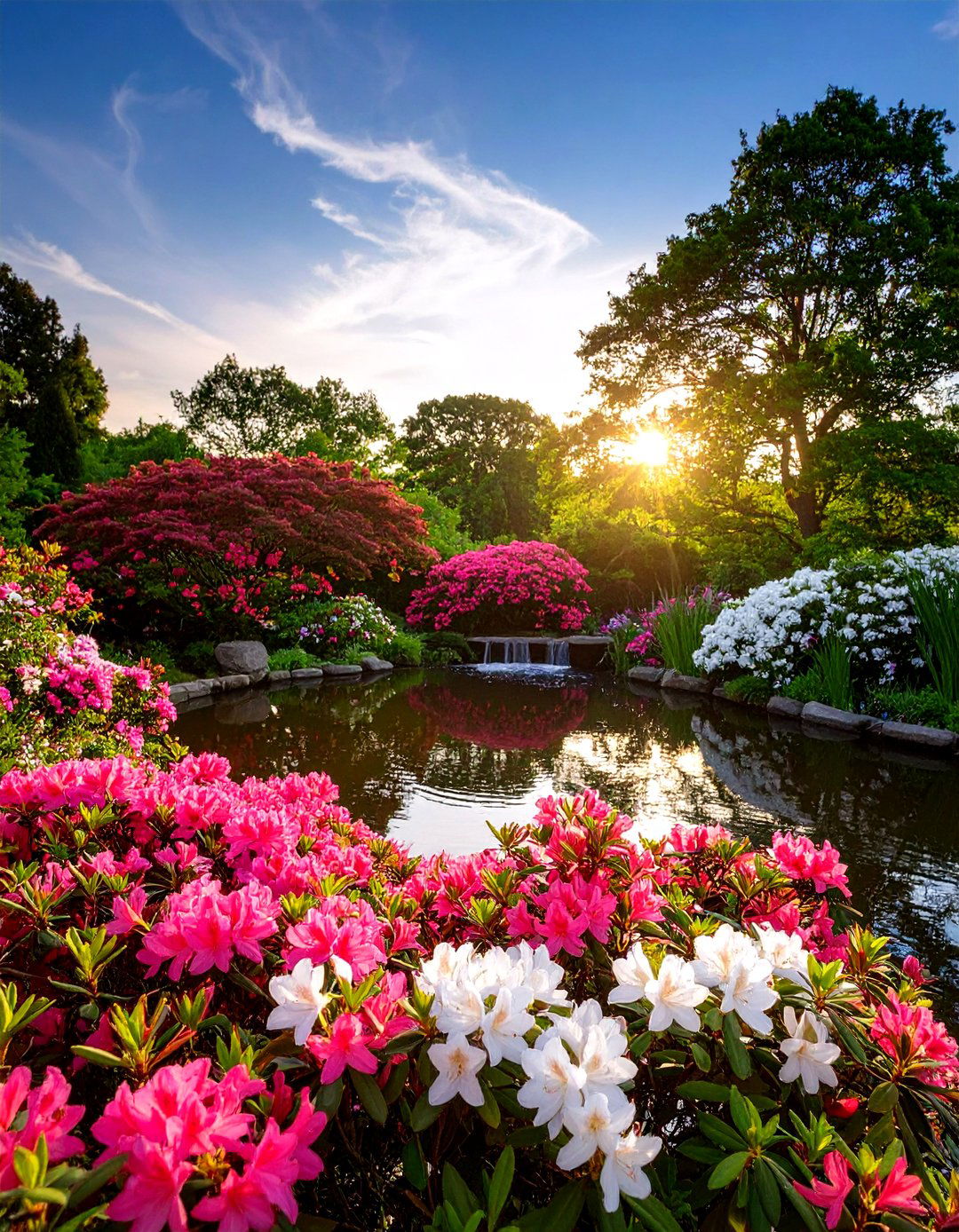
Native azaleas attract pollinators with their nectar and pollen, supporting local ecosystems . Create a comprehensive wildlife habitat that uses azaleas as foundation plants while supporting birds, butterflies, and beneficial insects. Native plants support local wildlife while promoting biodiversity in home landscapes. Wildlife-friendly gardens provide habitat and food sources for local fauna. Choose native azalea varieties that provide nectar for pollinators and shelter for small wildlife. These deciduous shrubs offer multi-seasonal appeal with spring blooms and lovely fall foliage . Include water sources, nesting sites, and diverse plant heights to support various wildlife needs . Avoid pesticides and chemical fertilizers that could harm beneficial insects. This approach aligns with 2025 trends toward sustainability and ecological responsibility . Layer plantings to provide food sources throughout the growing season. This conservation-focused approach creates gardens that give back to nature while providing beautiful azalea displays that support local ecosystem health.
Conclusion:
These twenty azalea garden ideas demonstrate the remarkable versatility and beauty these flowering shrubs bring to any landscape. From sophisticated urban containers to naturalistic woodland settings, azaleas provide endless possibilities for creating stunning outdoor spaces that serve multiple purposes. The key to successful azalea gardening lies in understanding their natural preferences while embracing creative design approaches . Whether you're drawn to the extended blooming seasons of modern Encore varieties or the authentic charm of native species, azaleas offer solutions for every garden challenge and aesthetic preference. Modern garden trends emphasize sustainability, wildlife support, and creating meaningful connections with nature – qualities that azaleas naturally embody. By incorporating these ideas into your landscape planning, you'll create gardens that not only showcase the spectacular beauty of azalea blooms but also contribute to environmental health and personal well-being throughout the seasons.


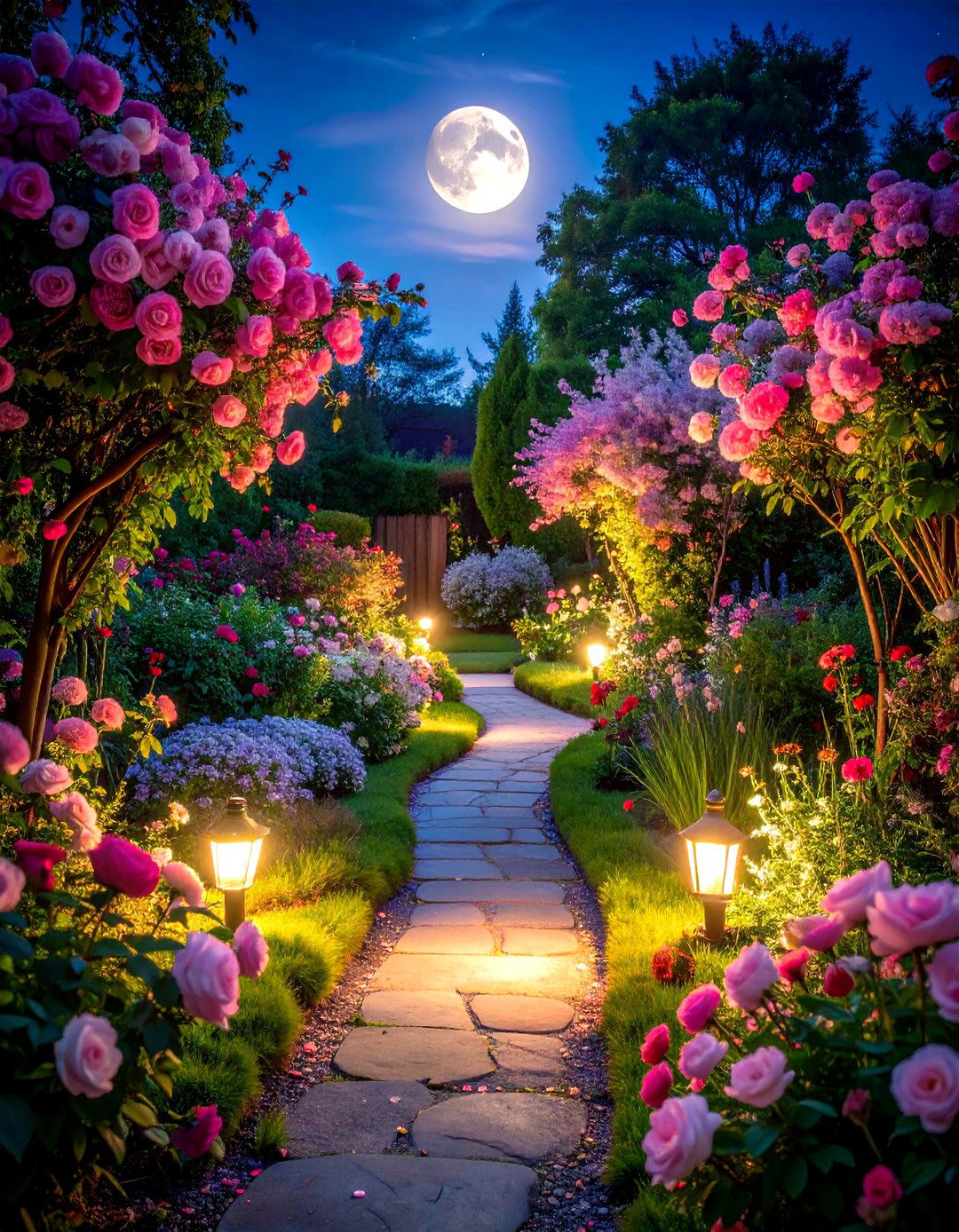
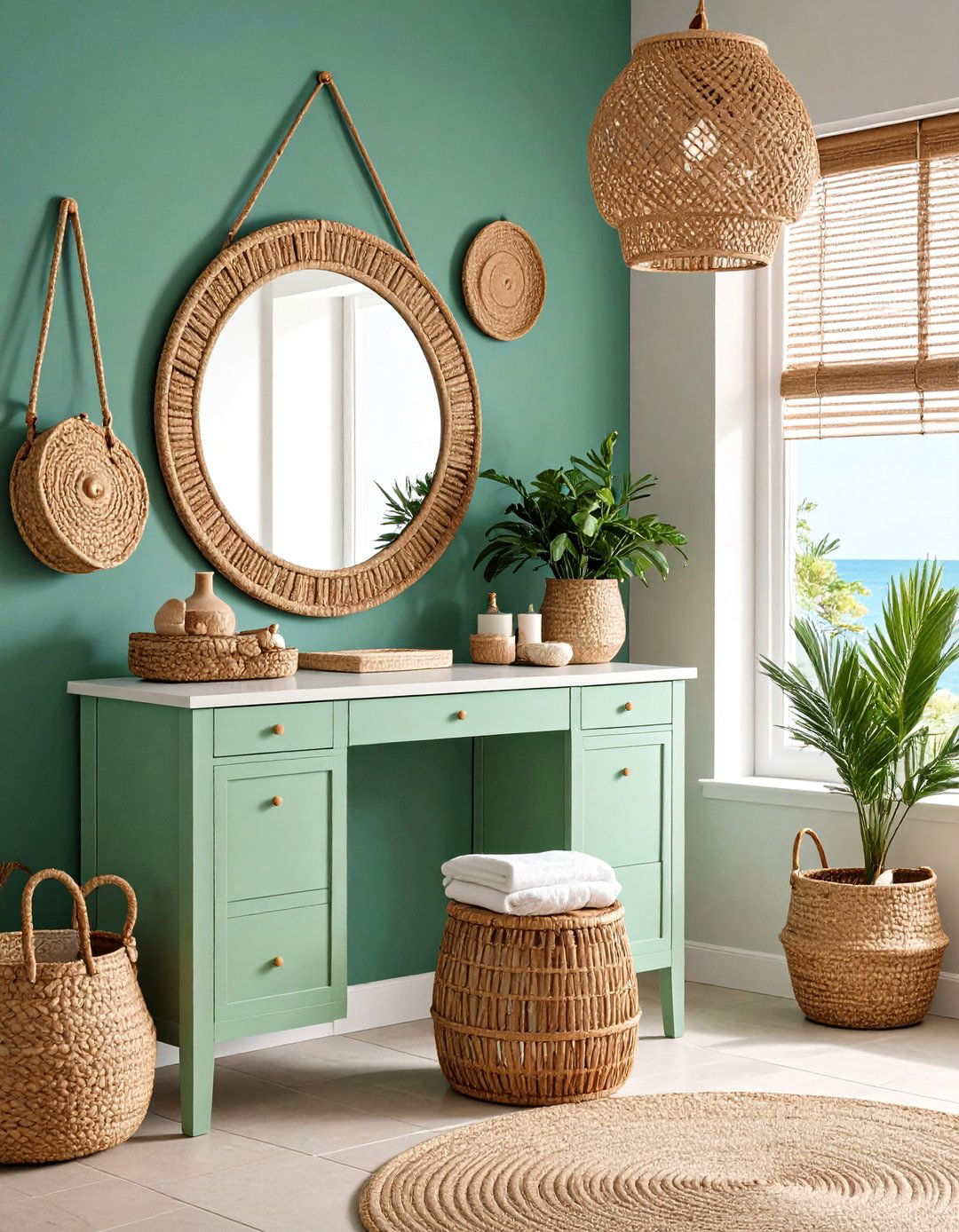
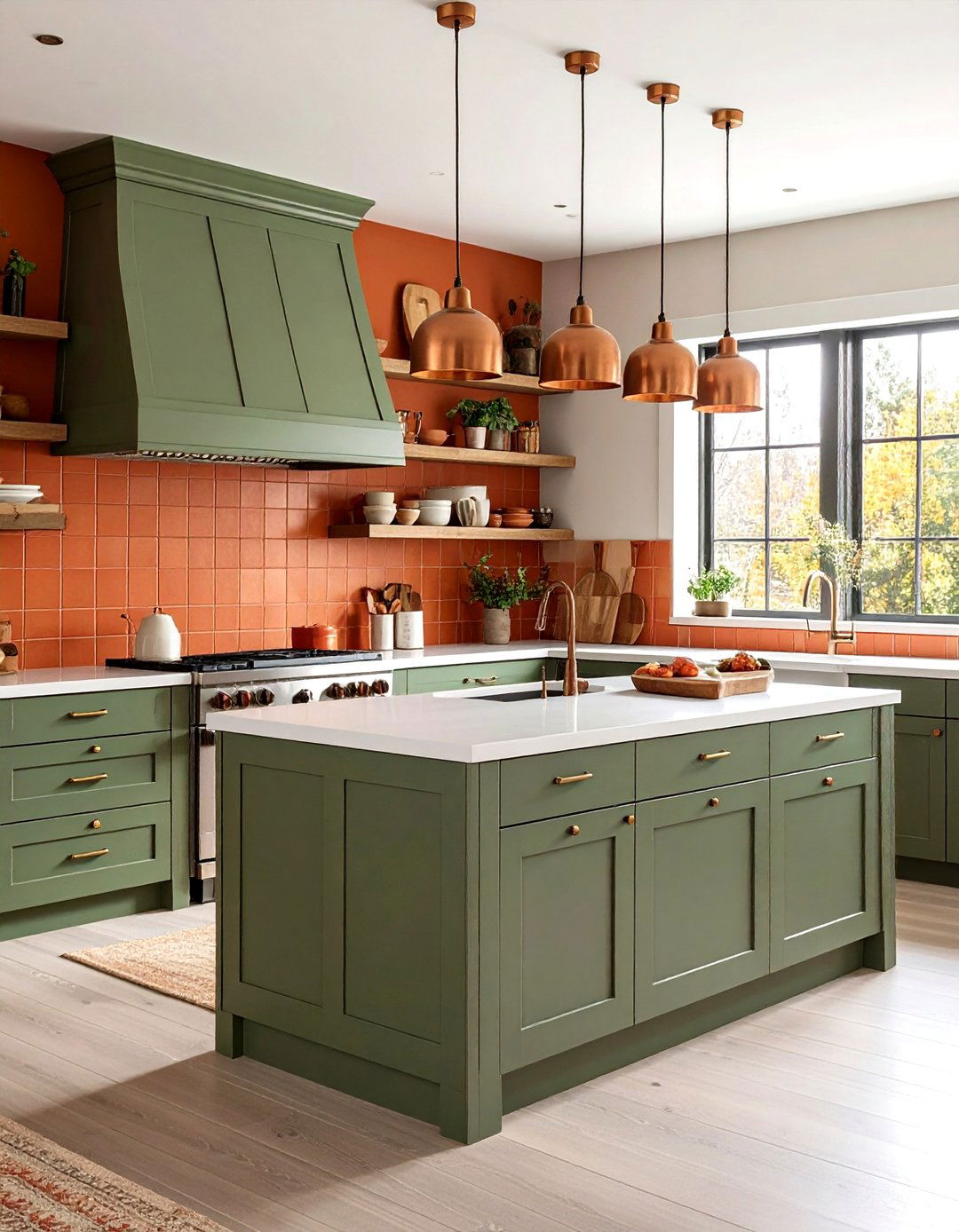
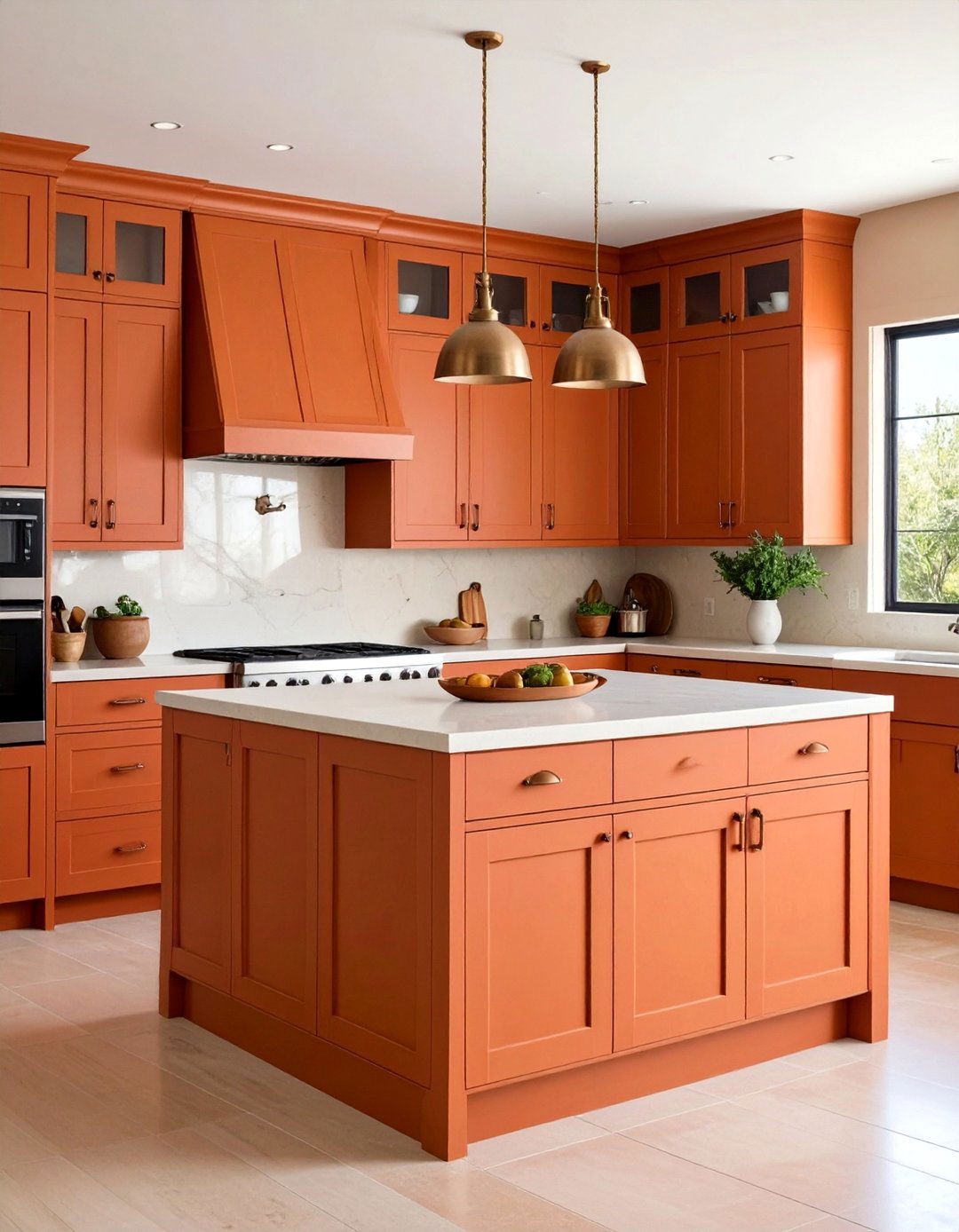

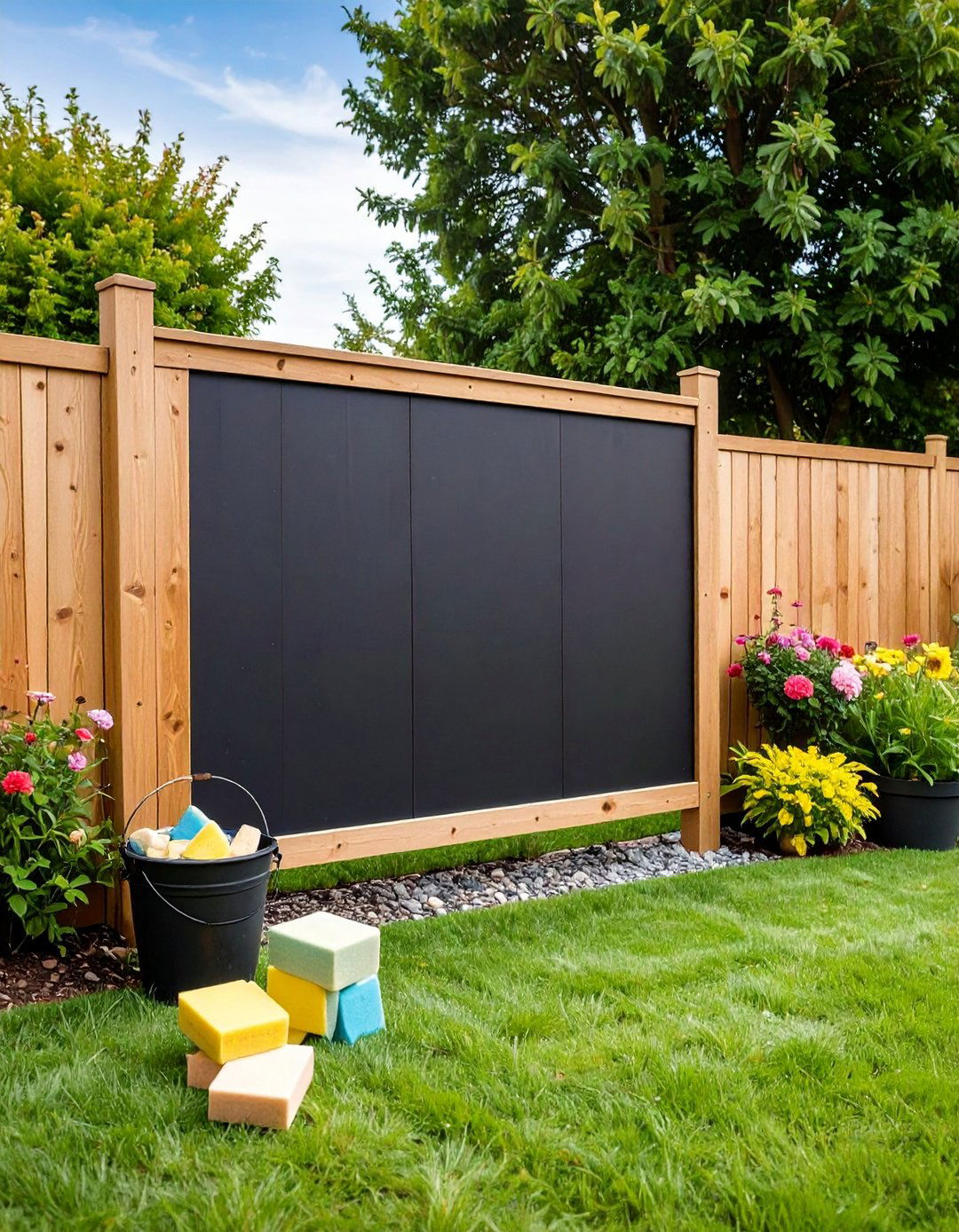
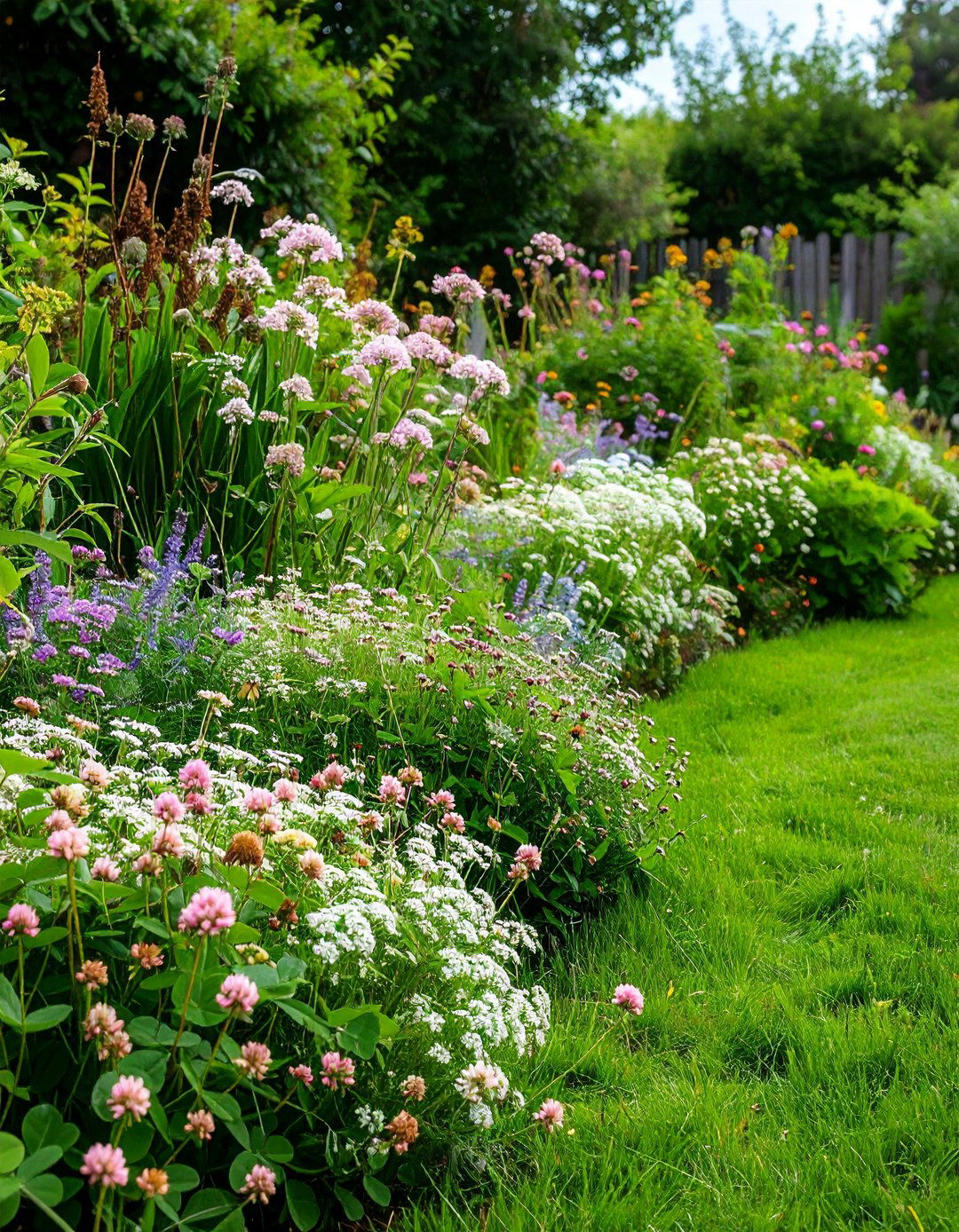
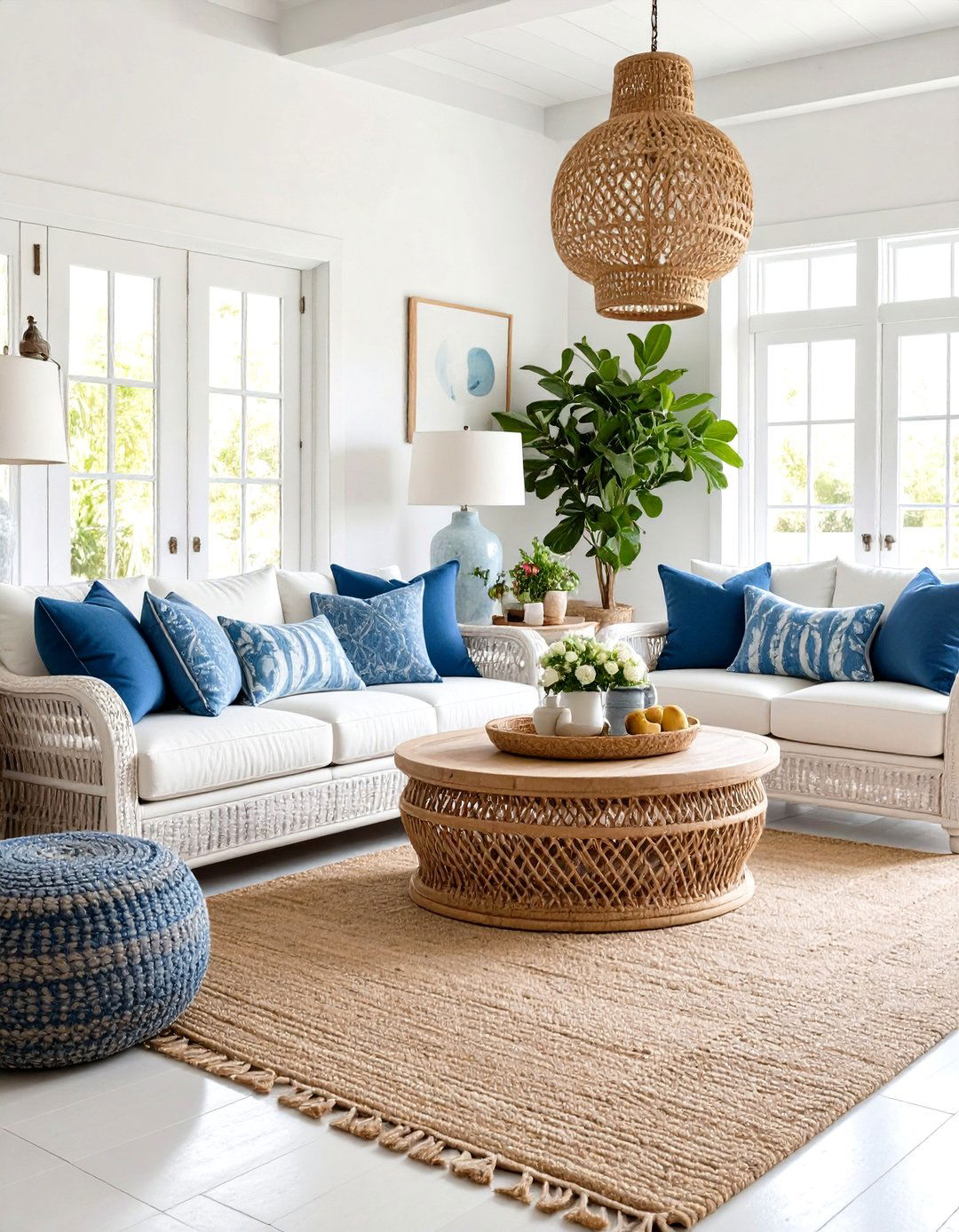
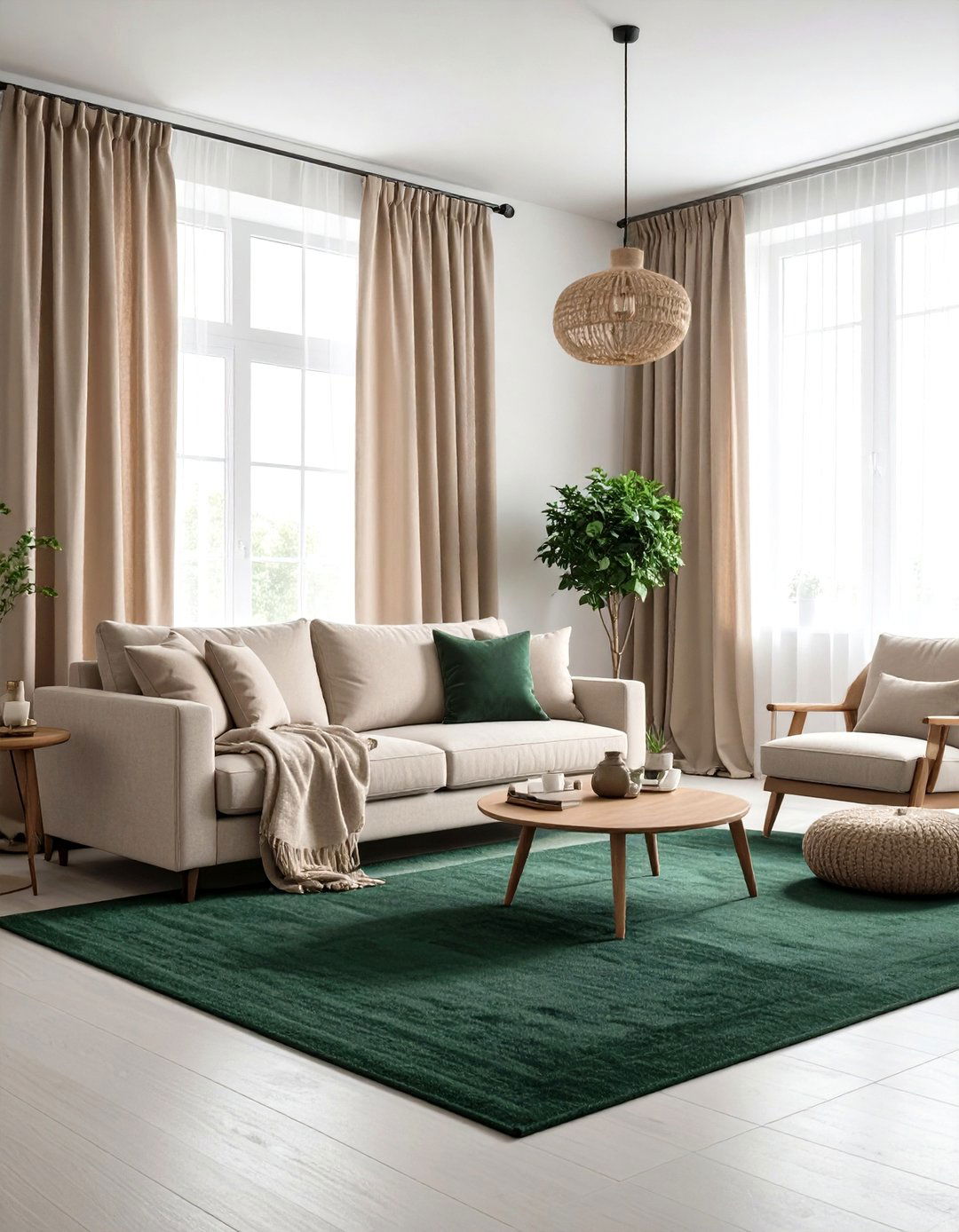

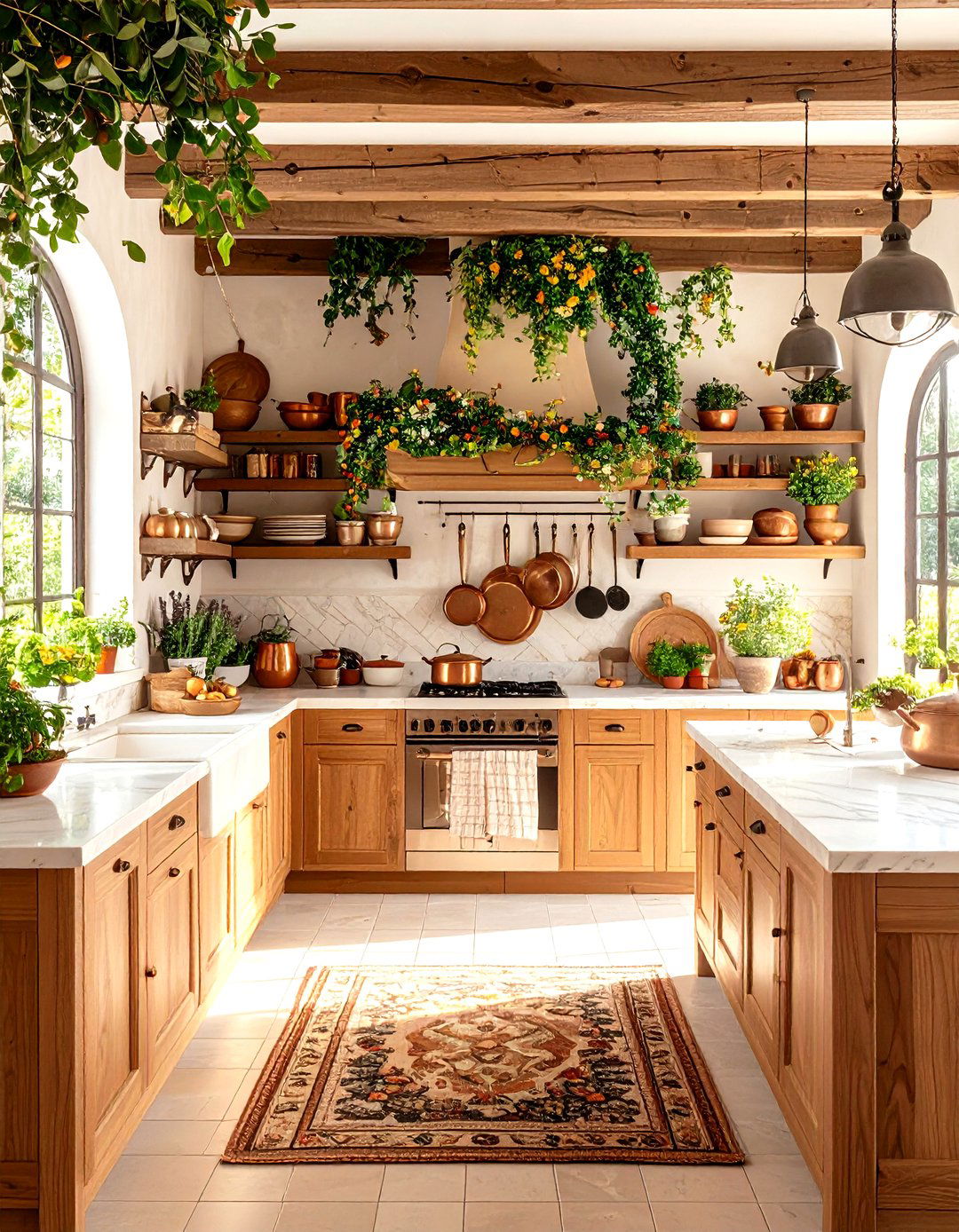

Leave a Reply